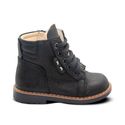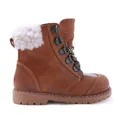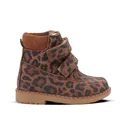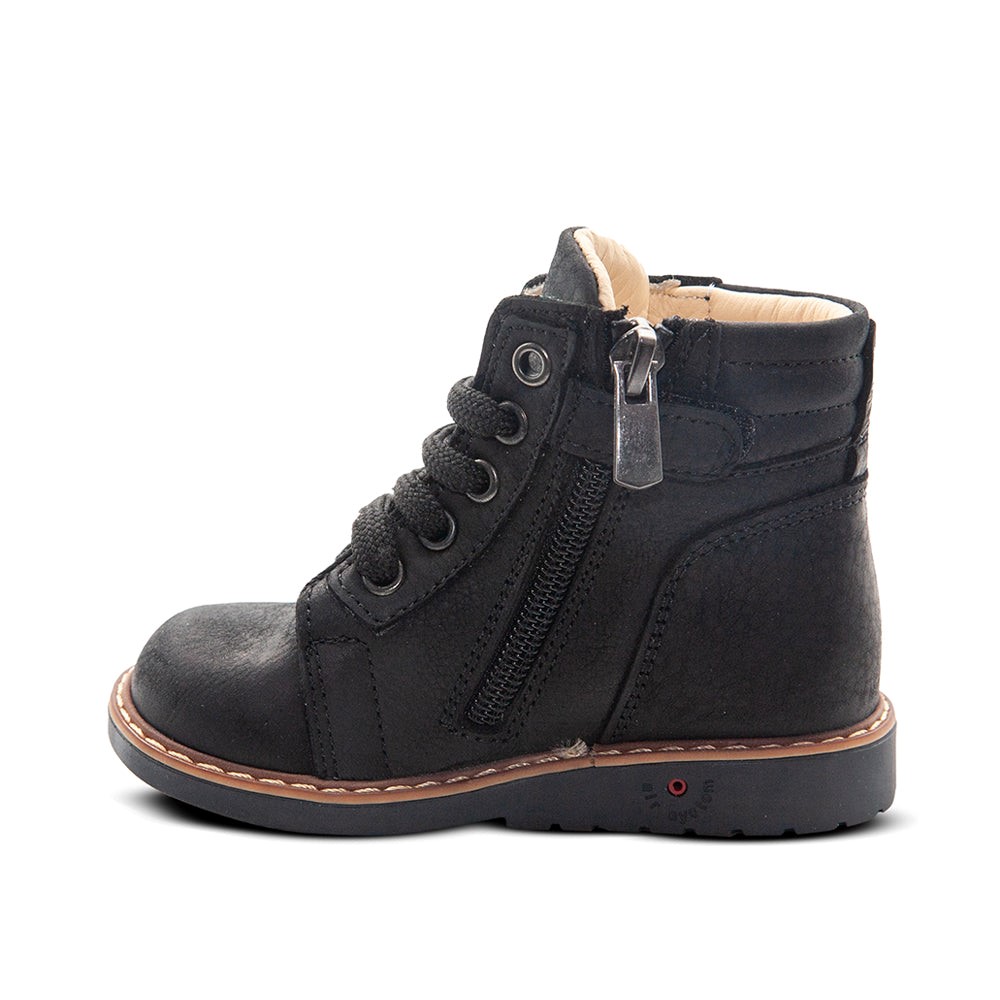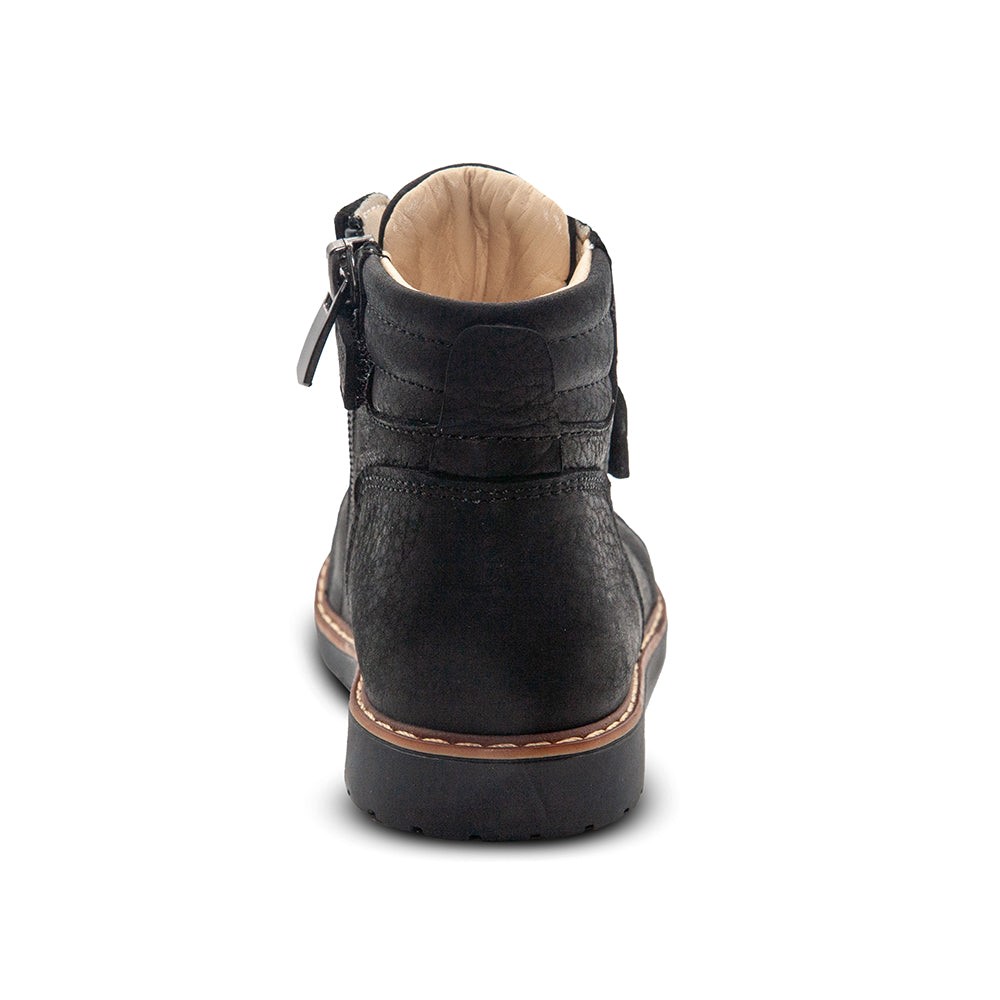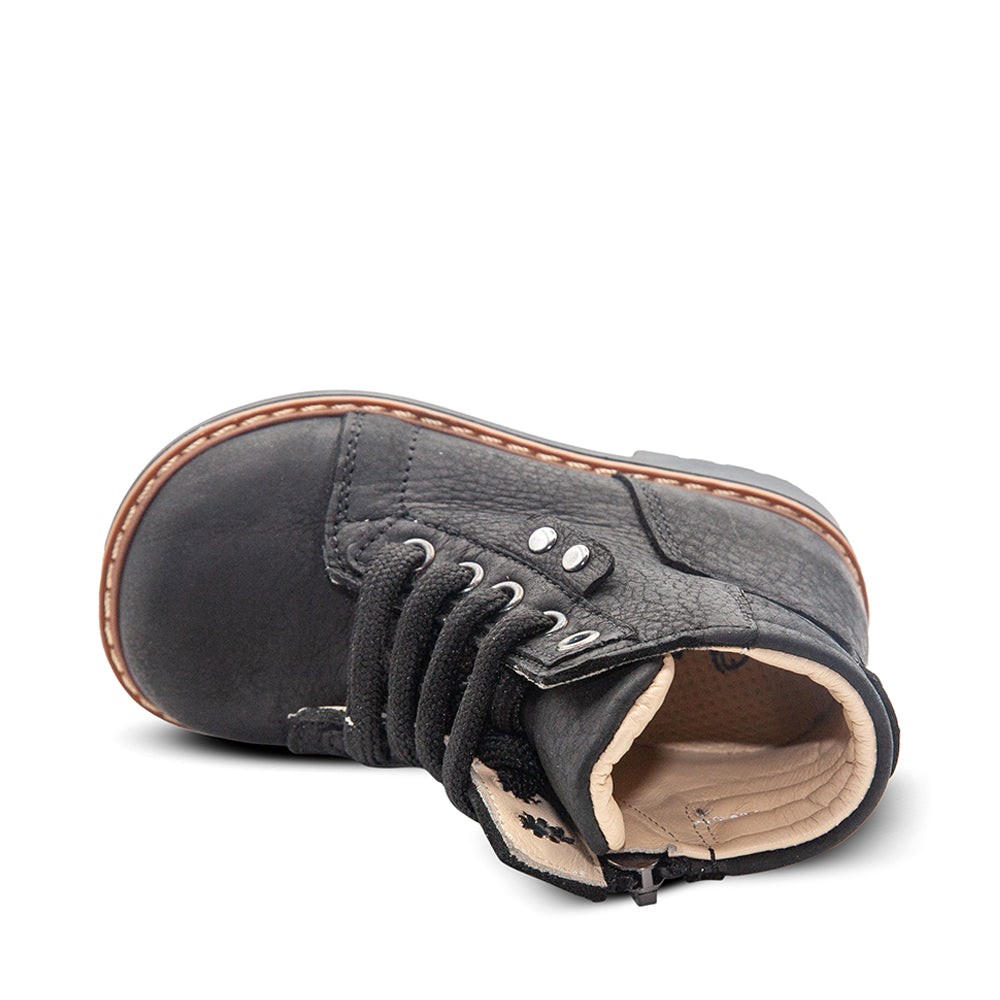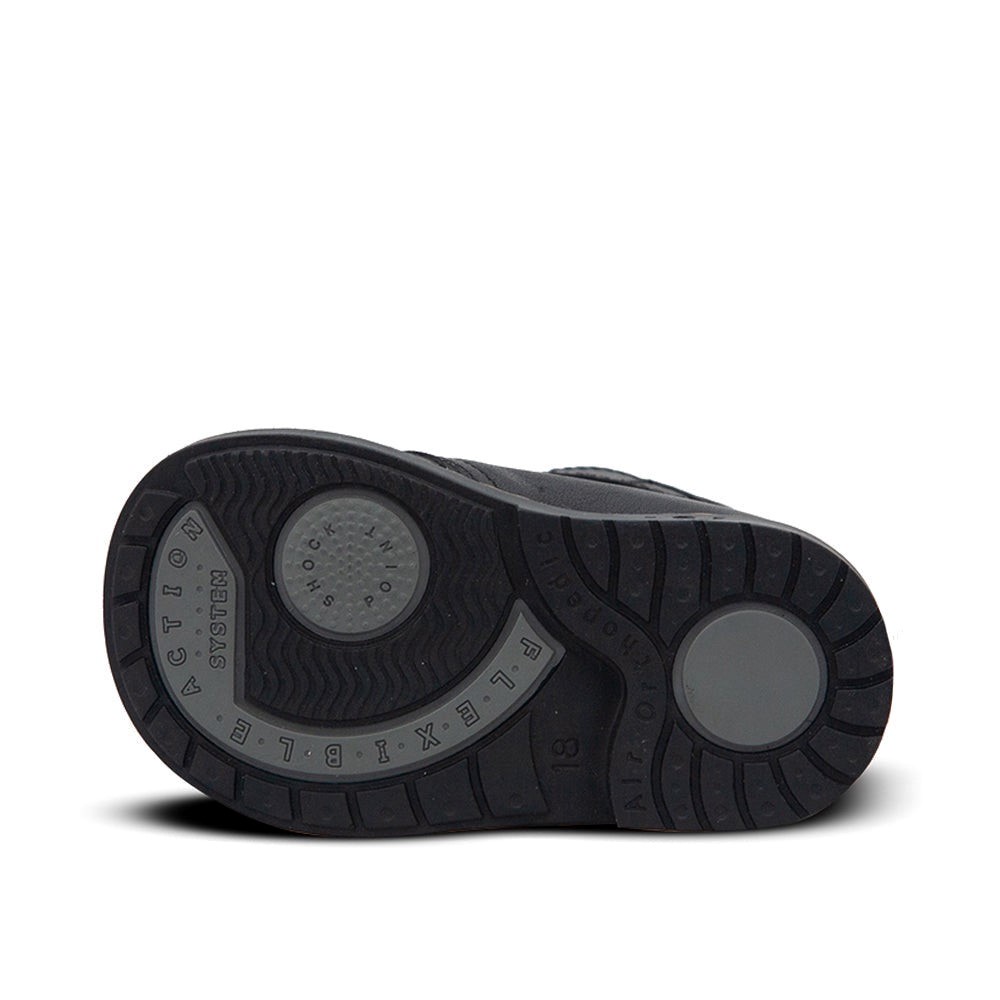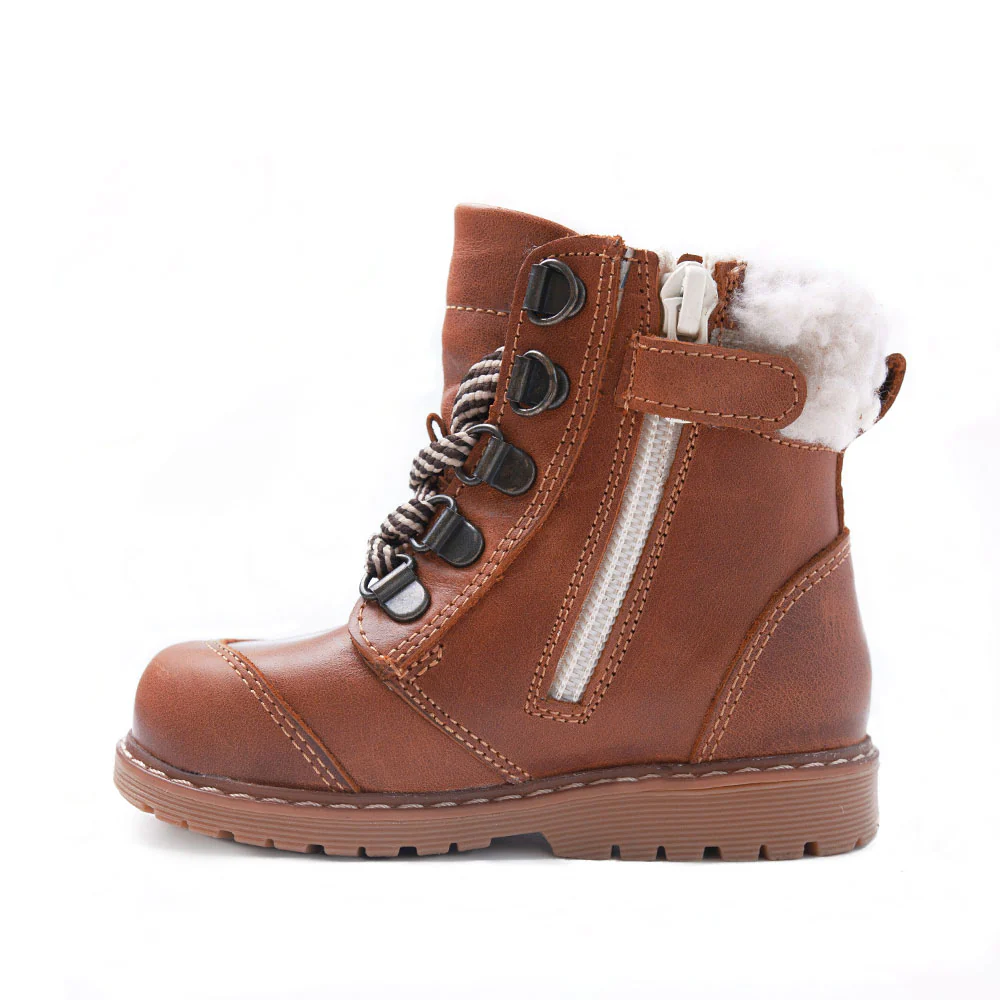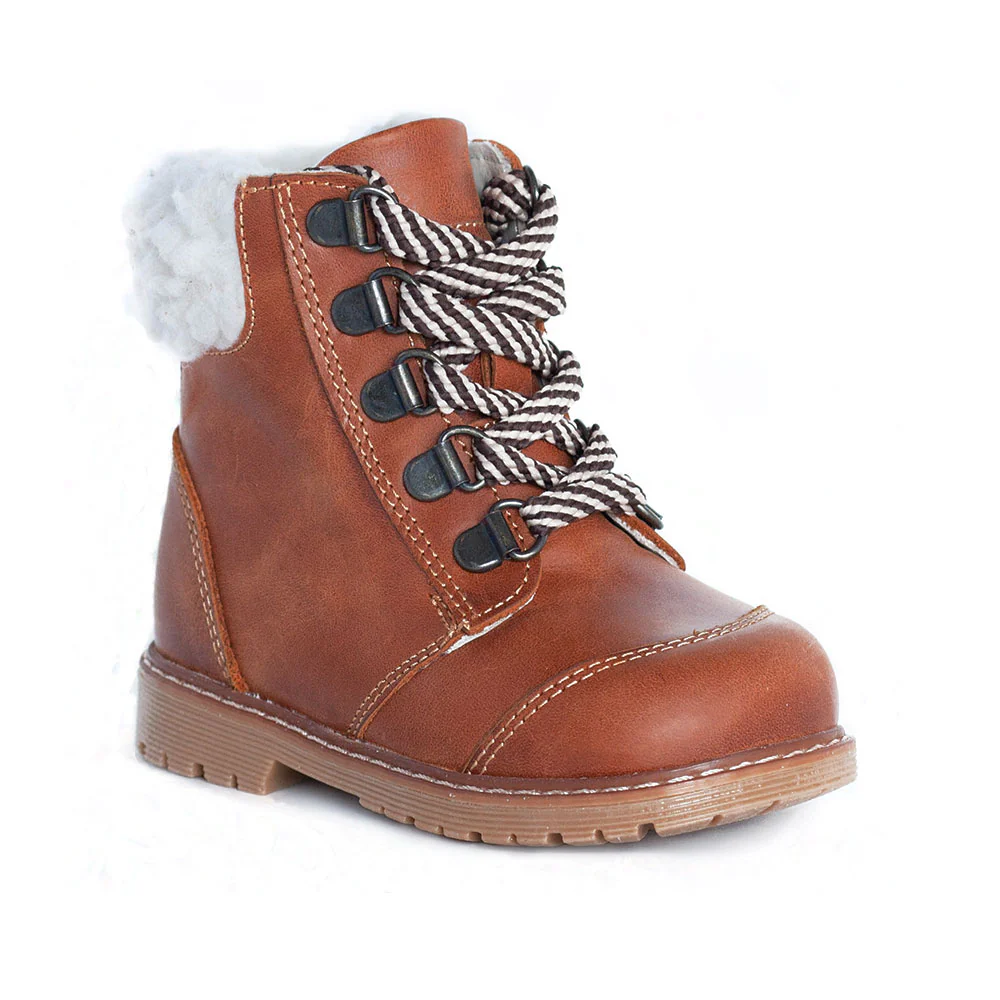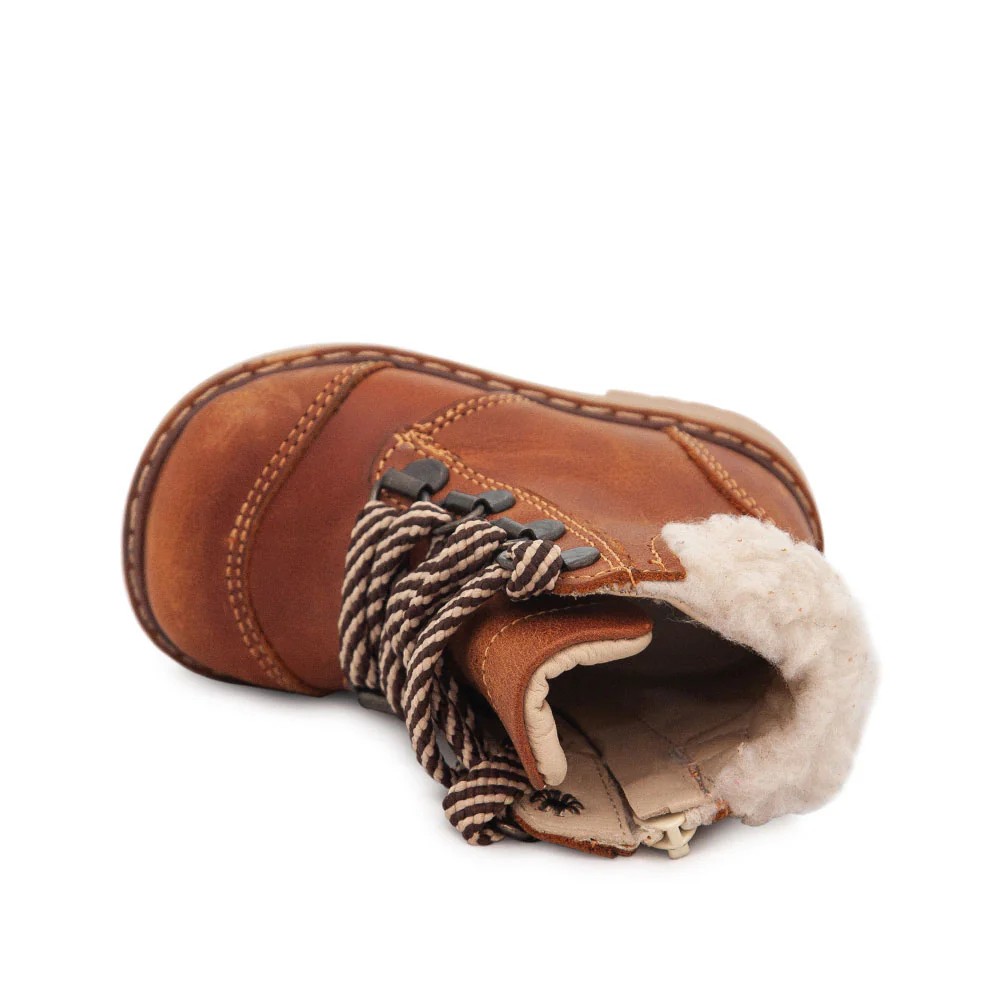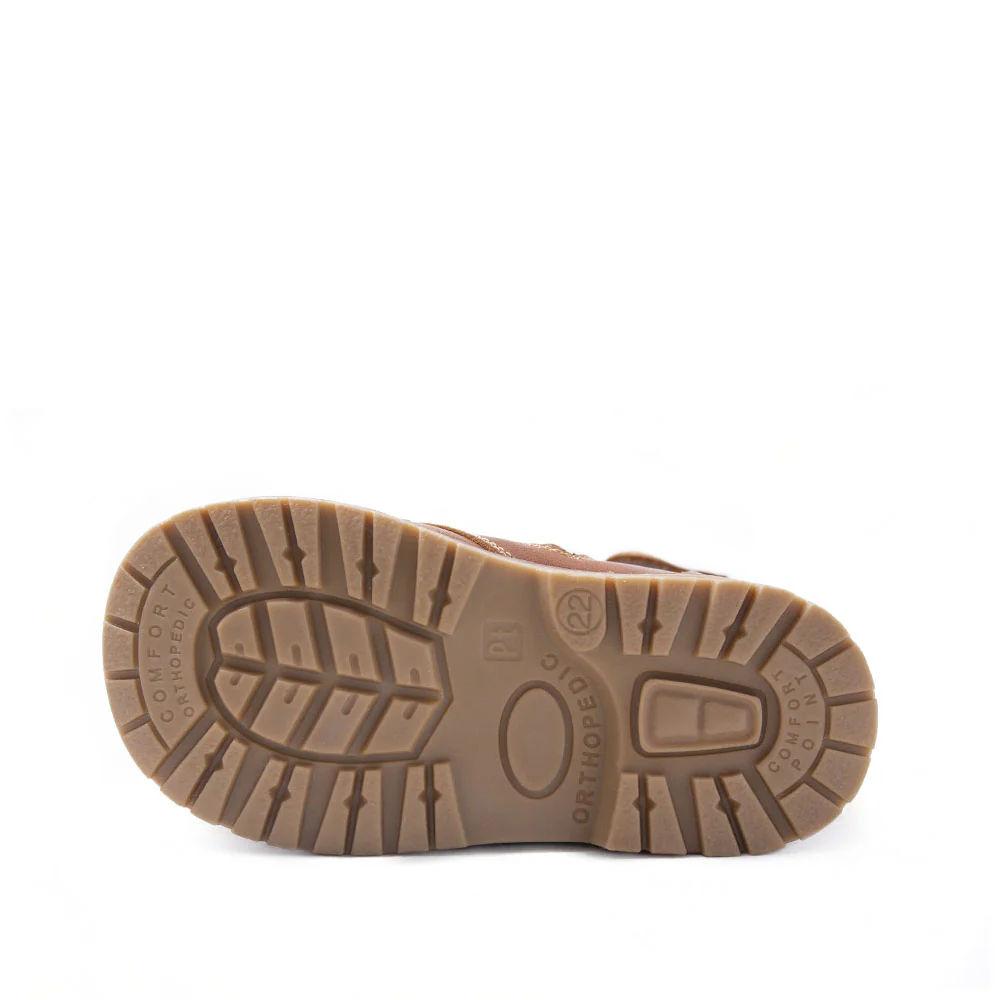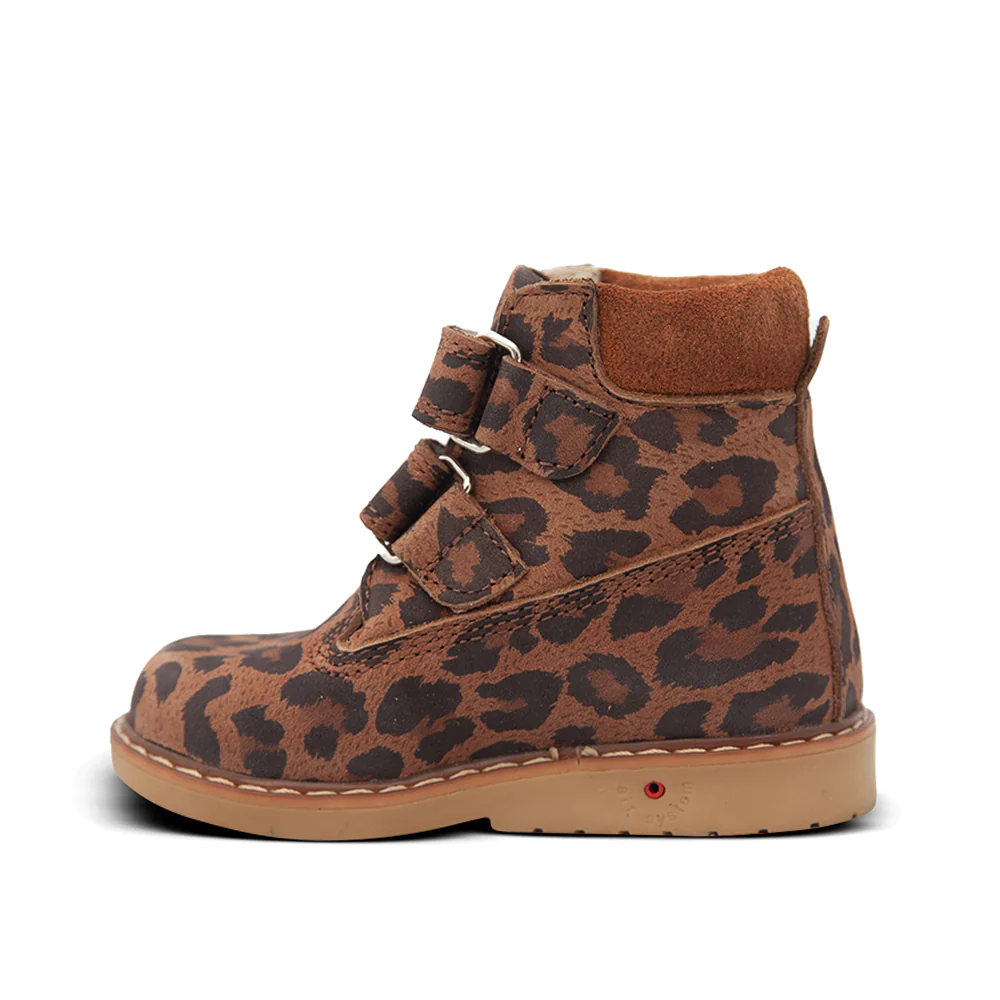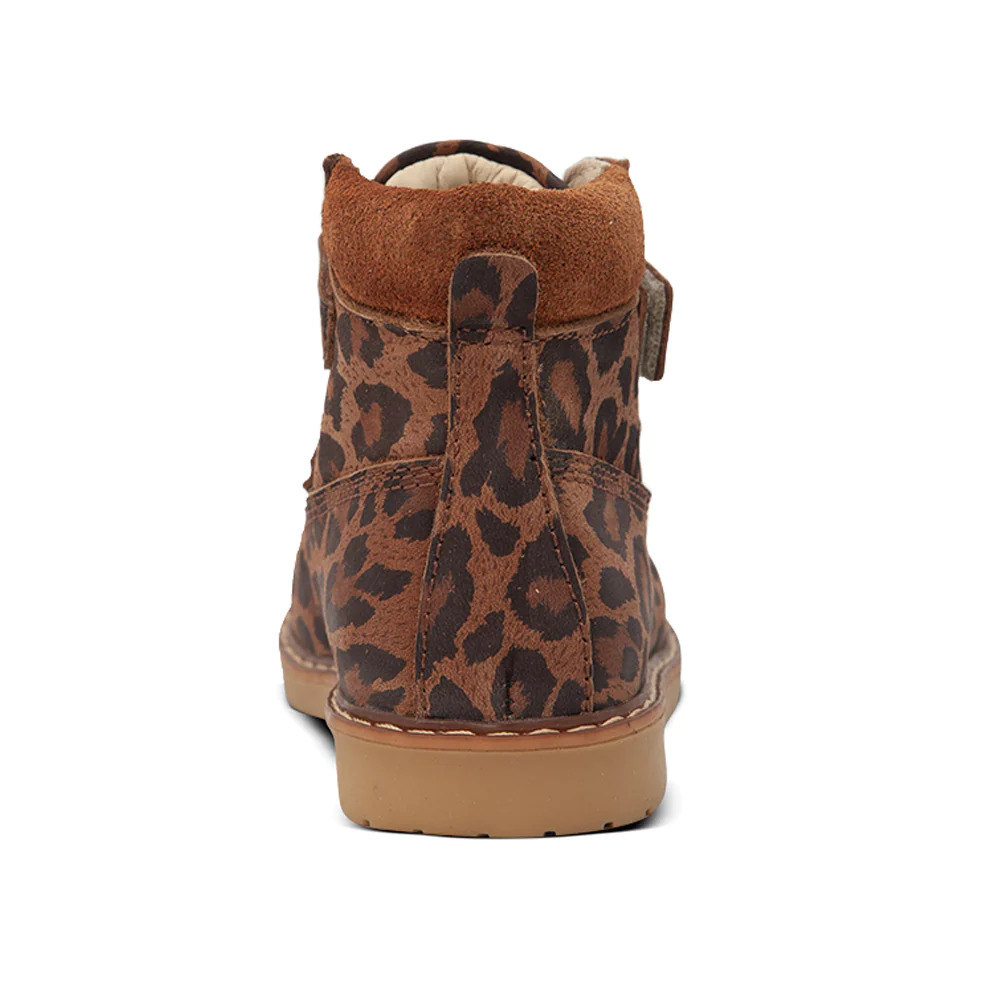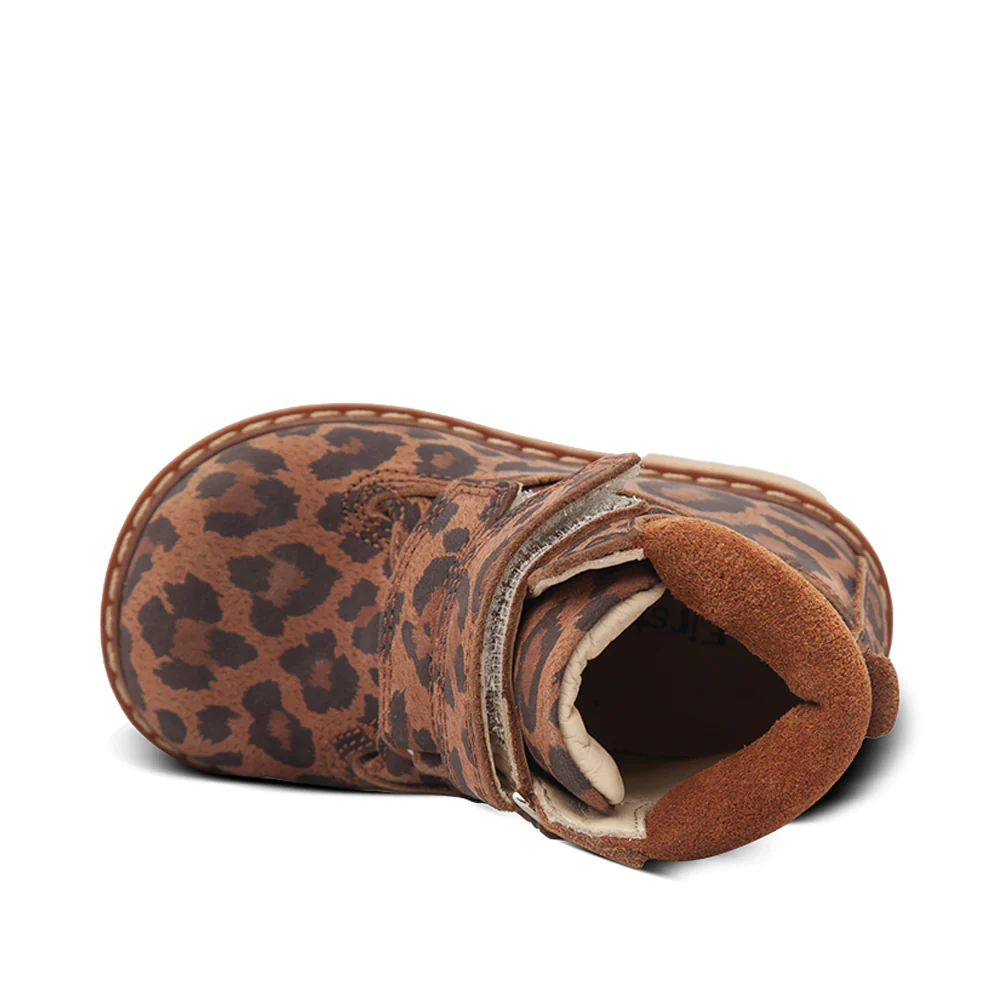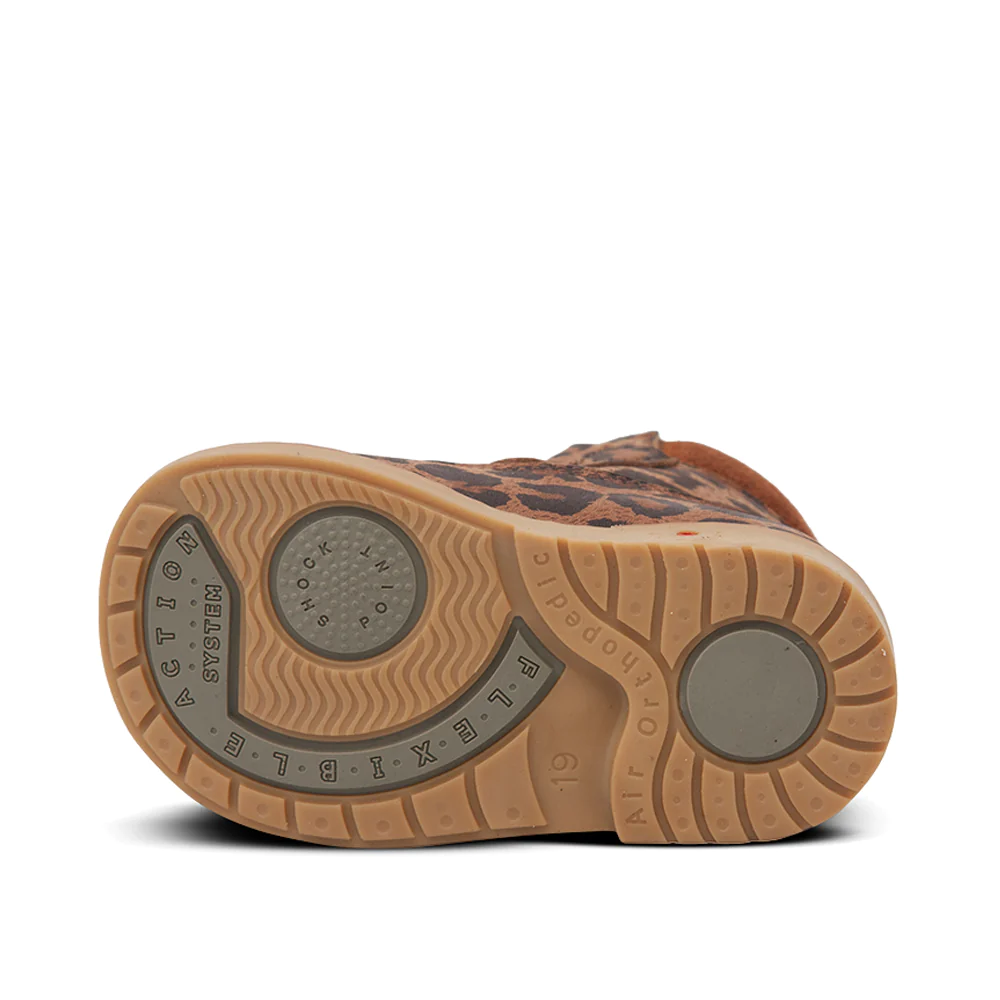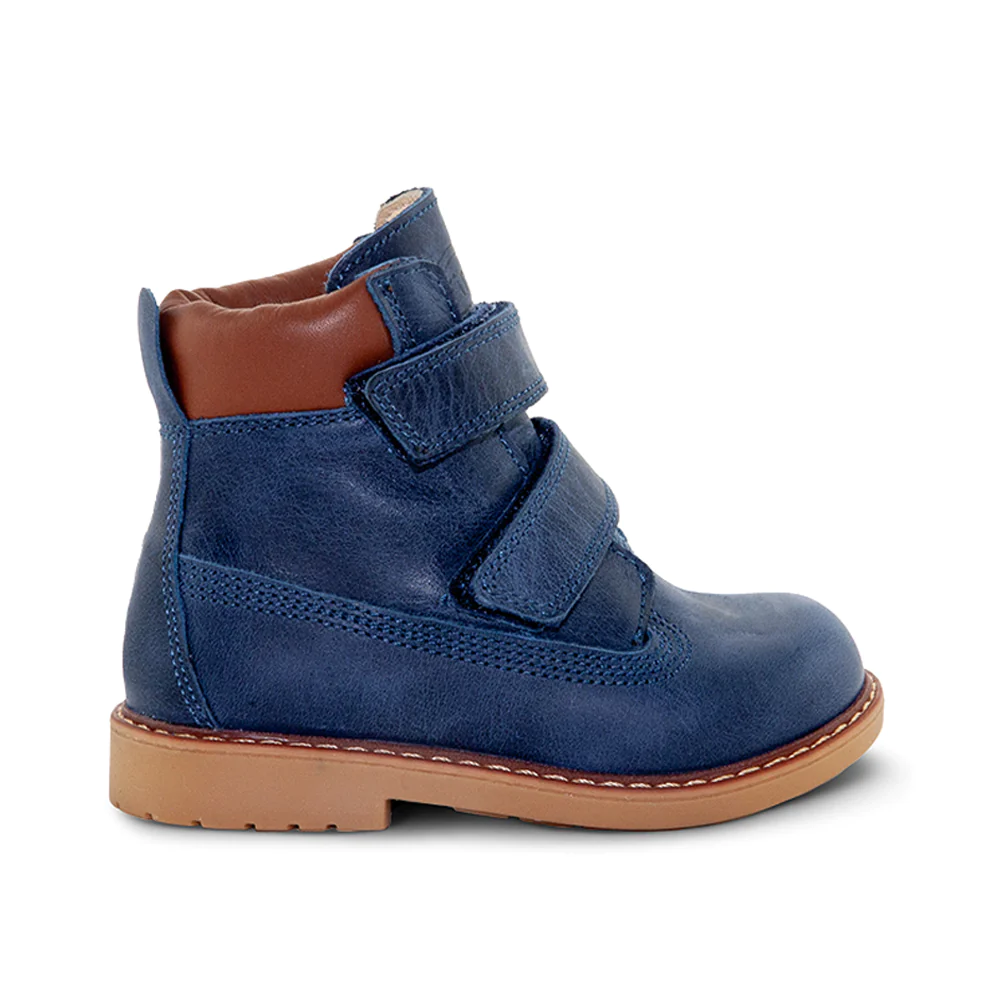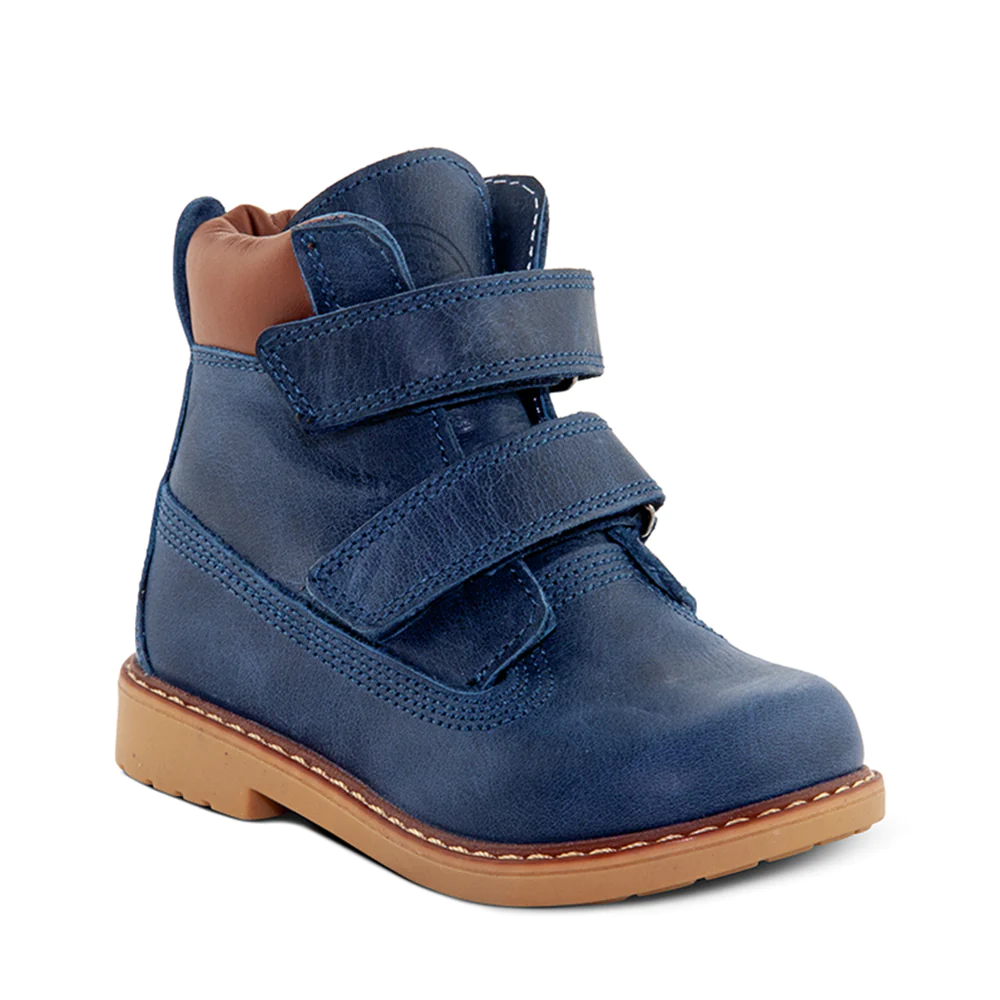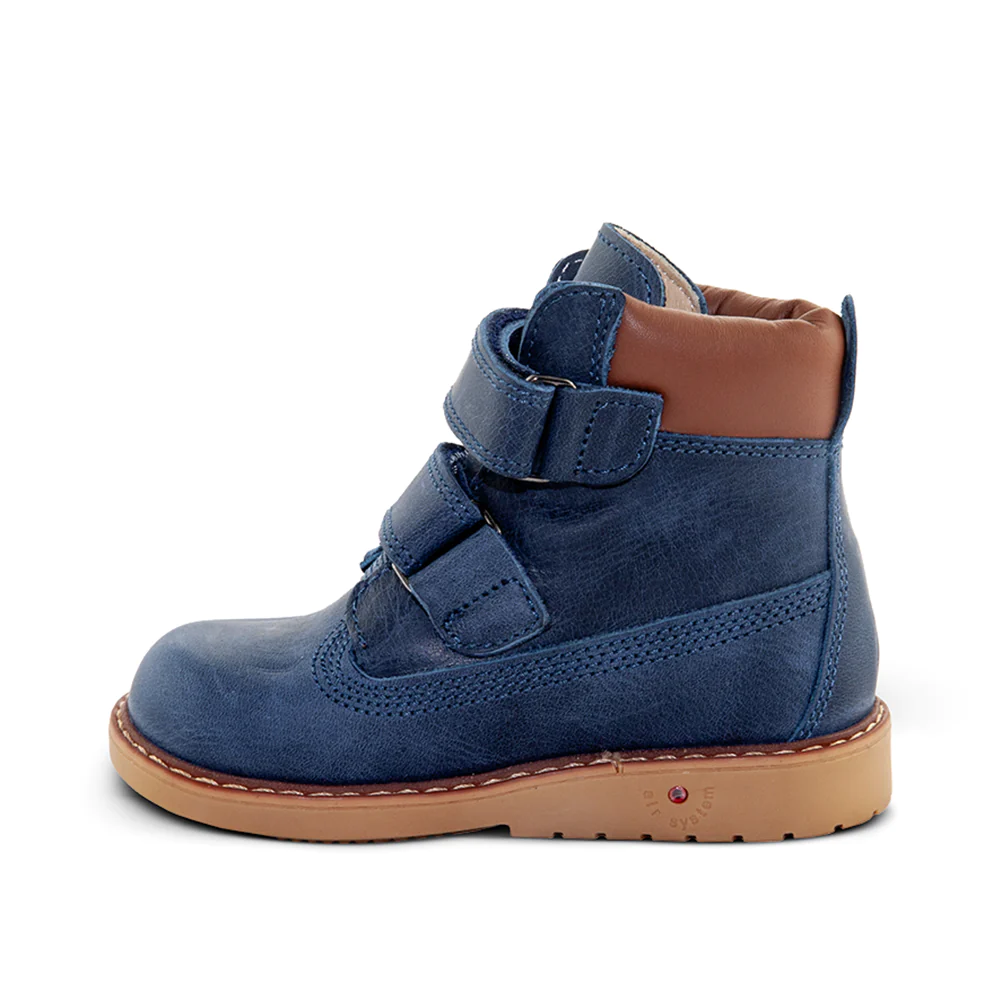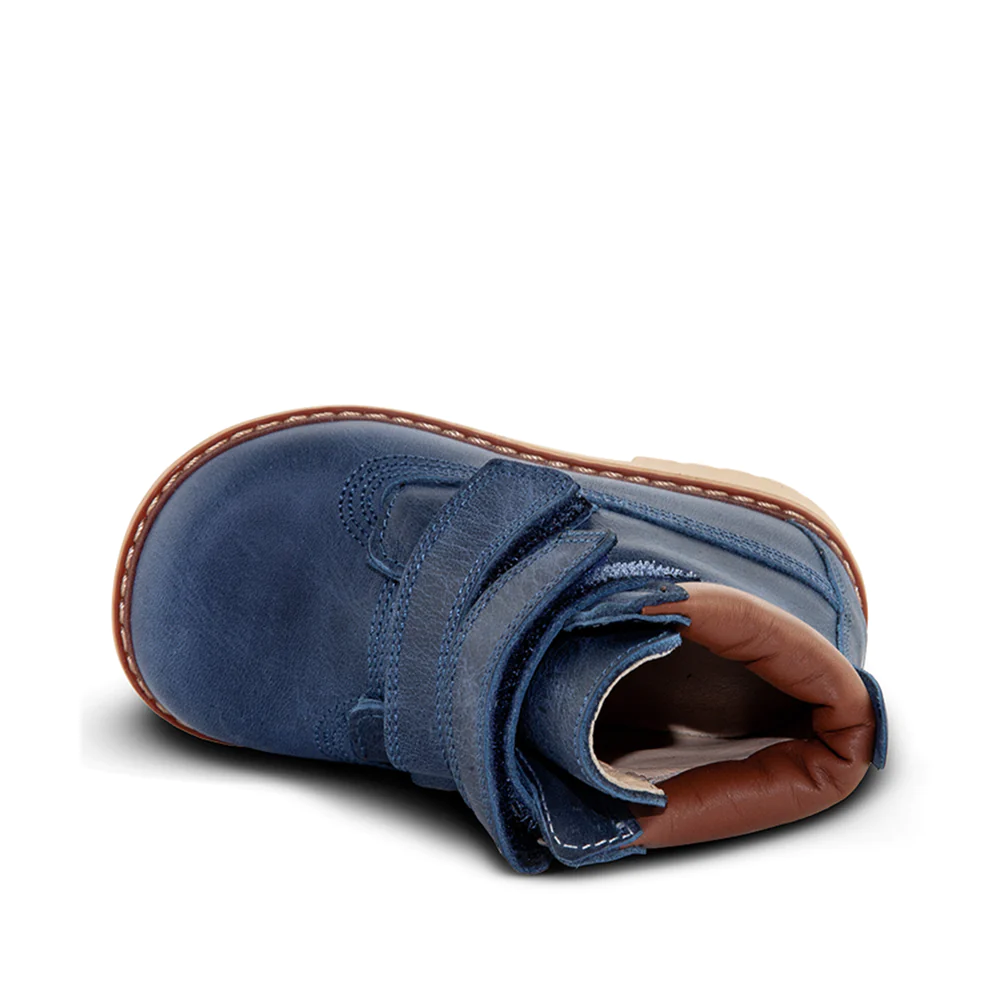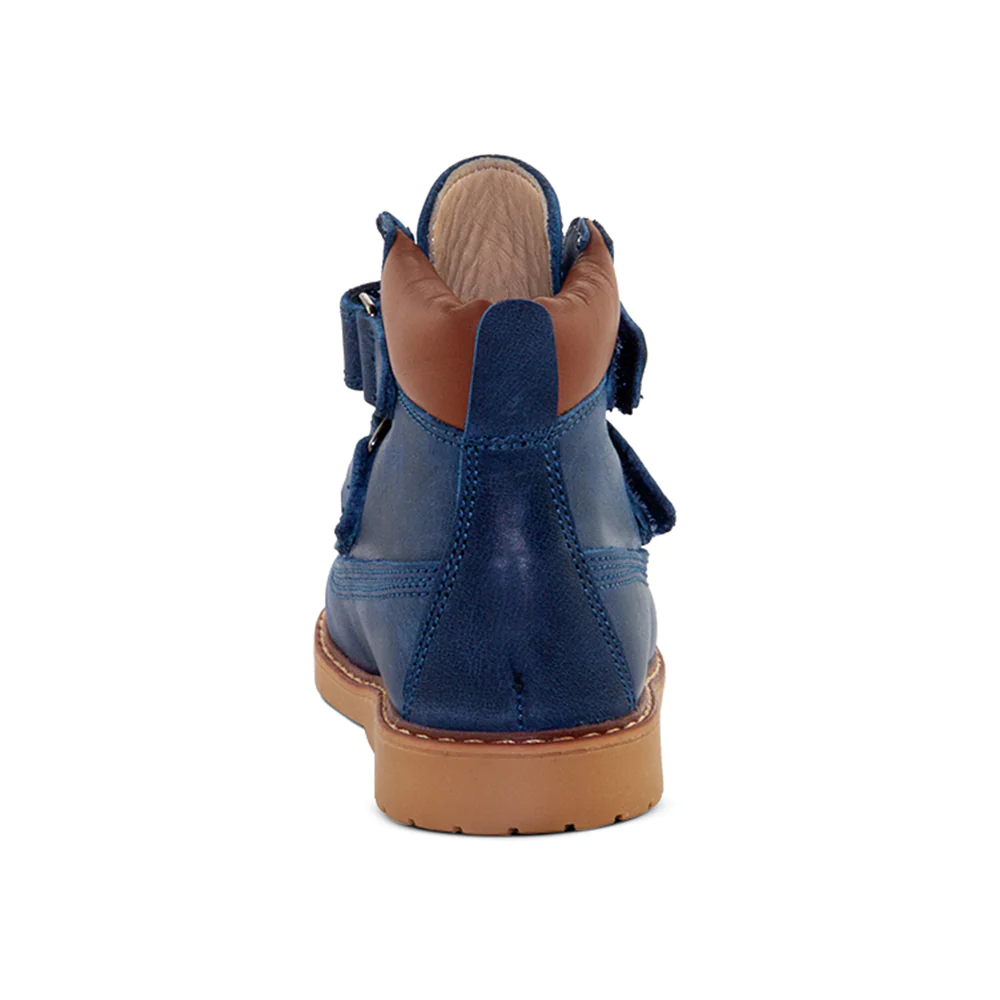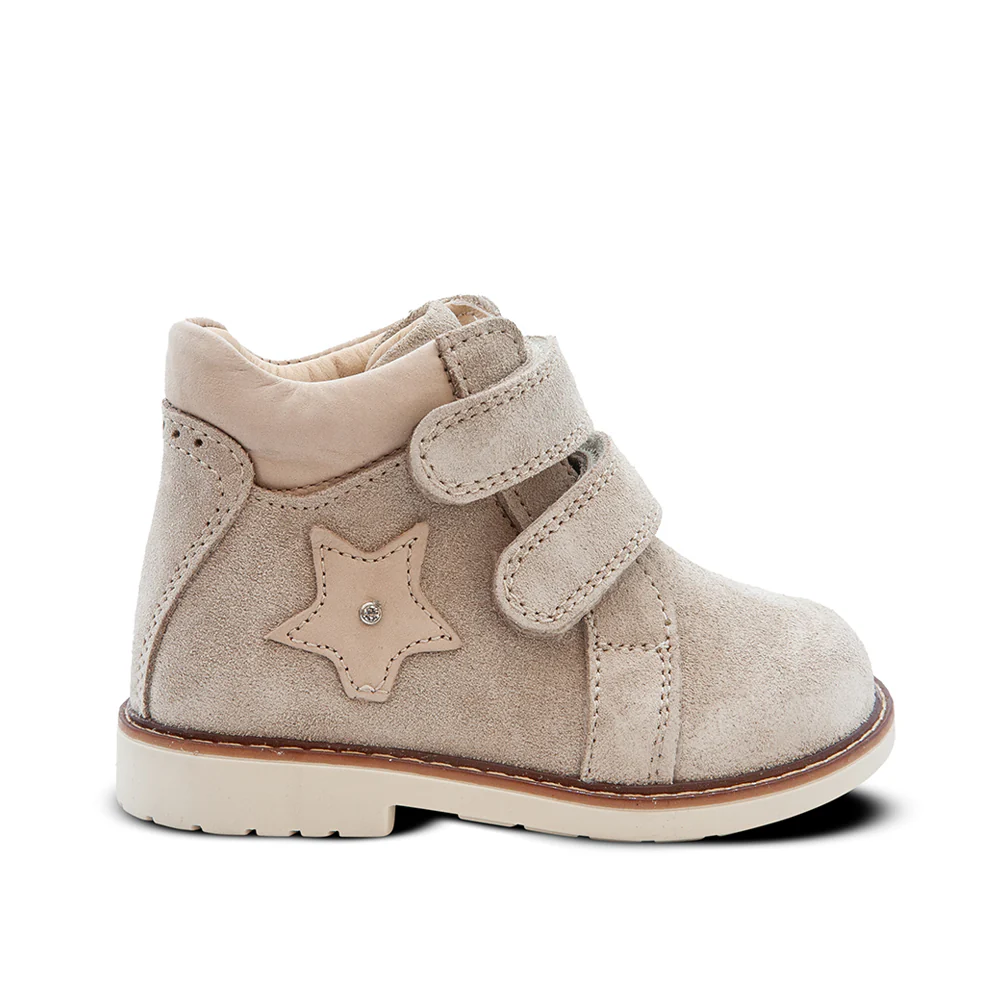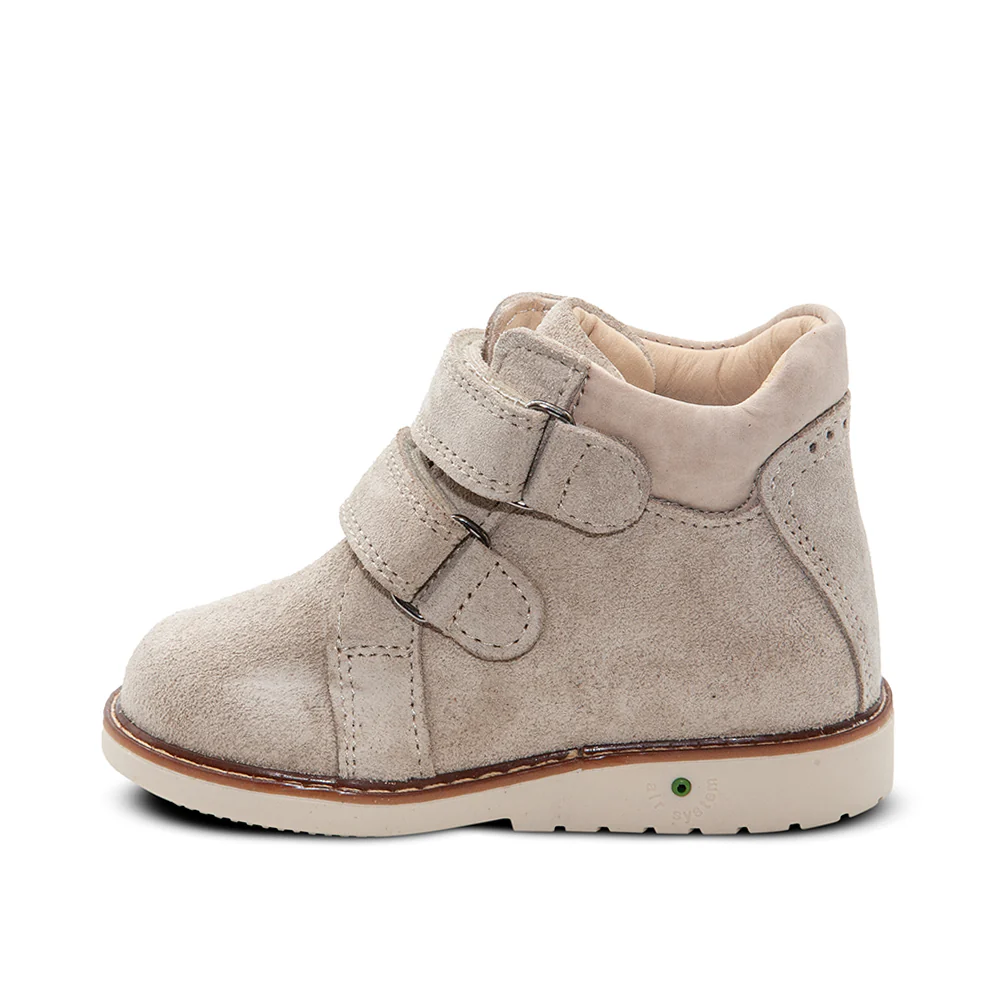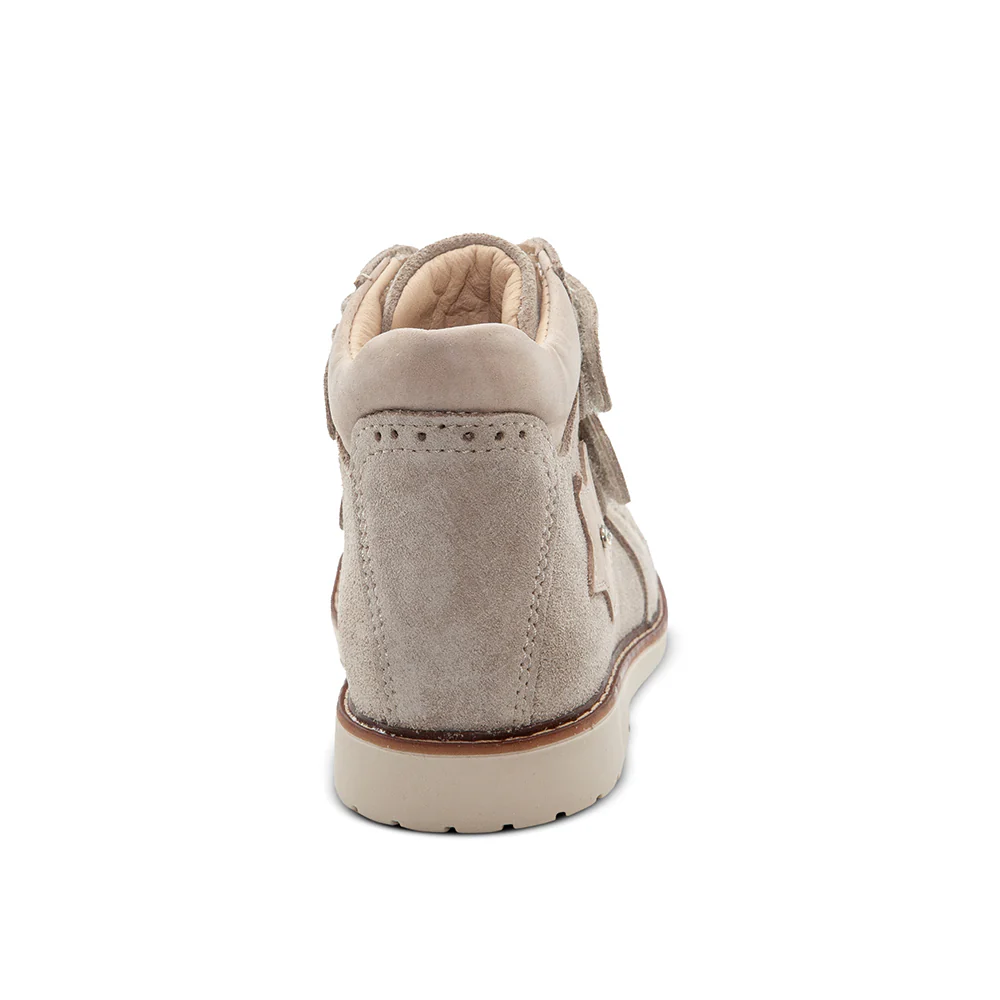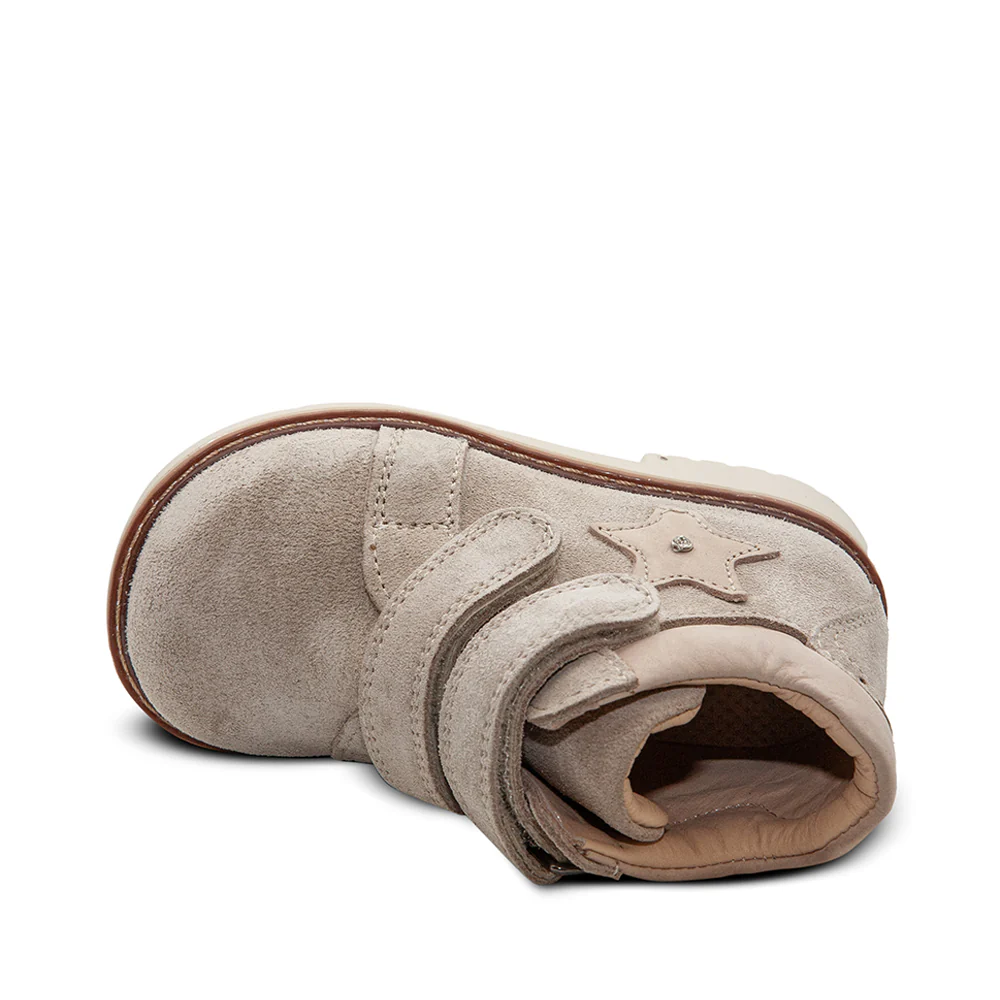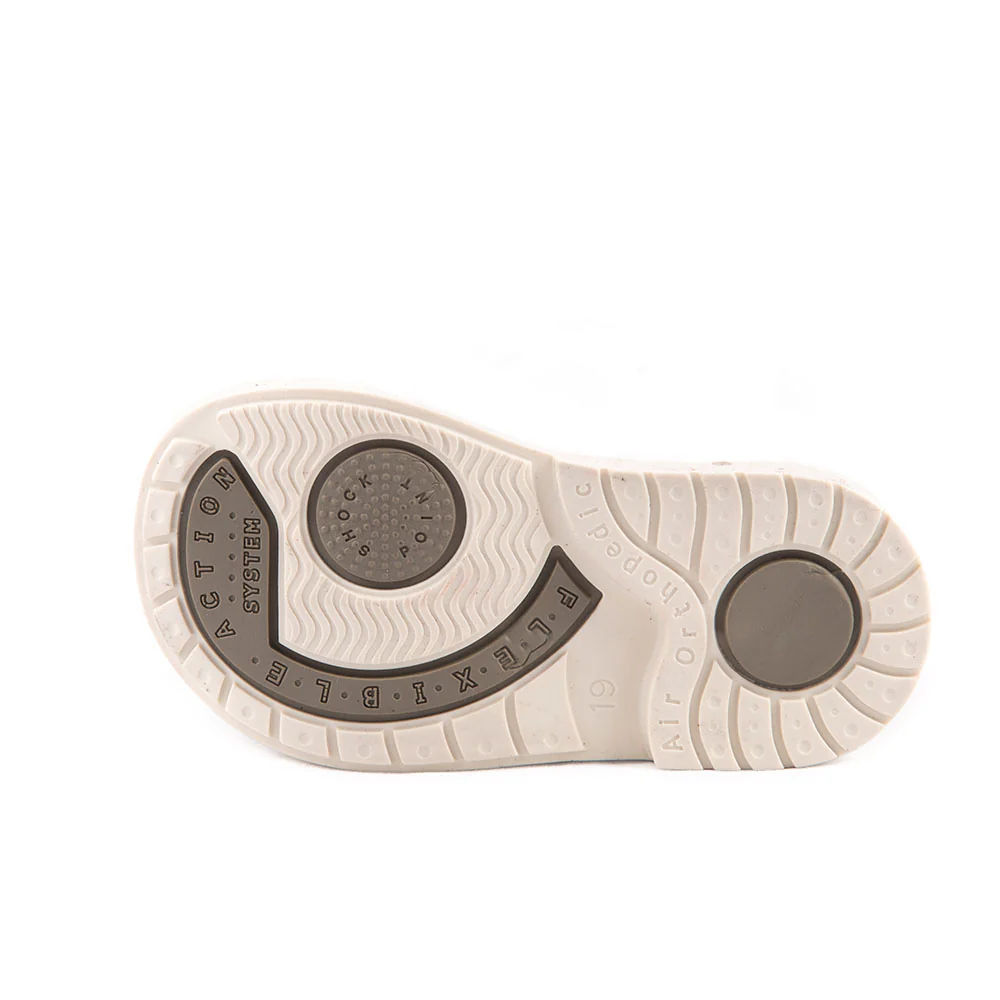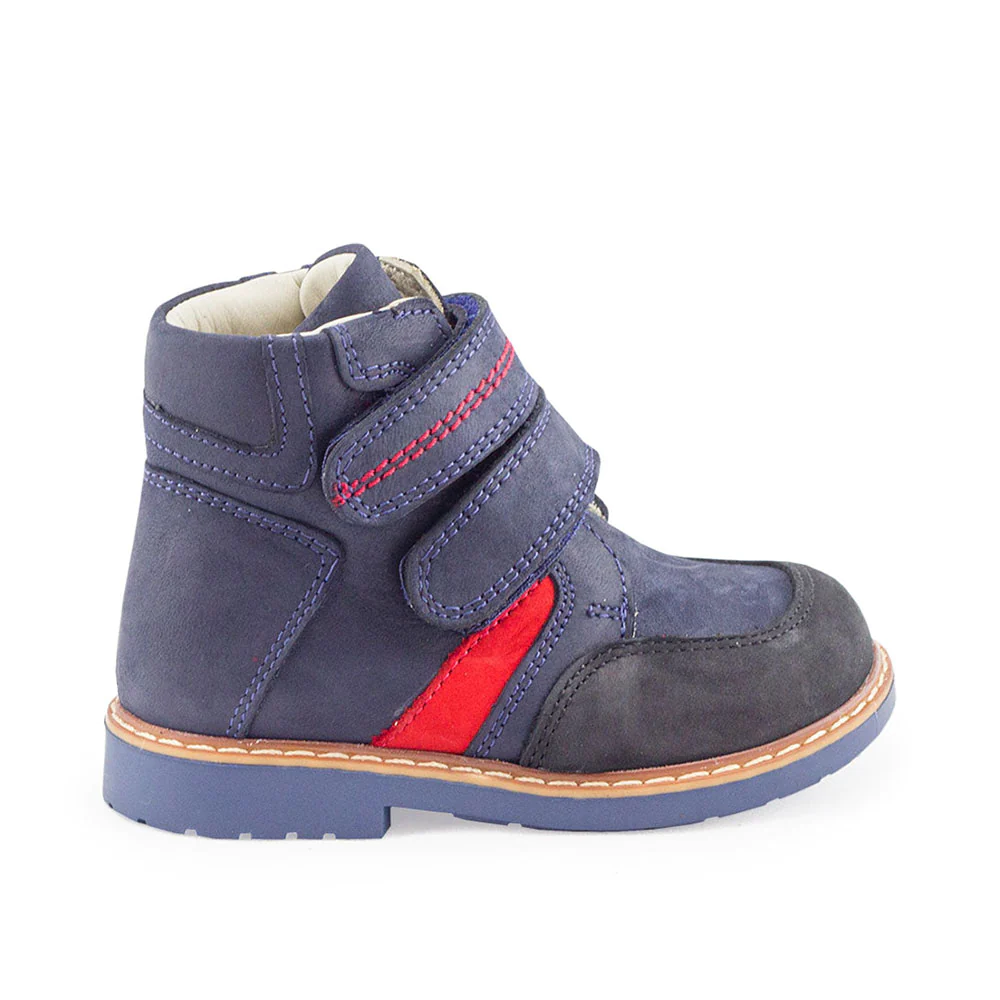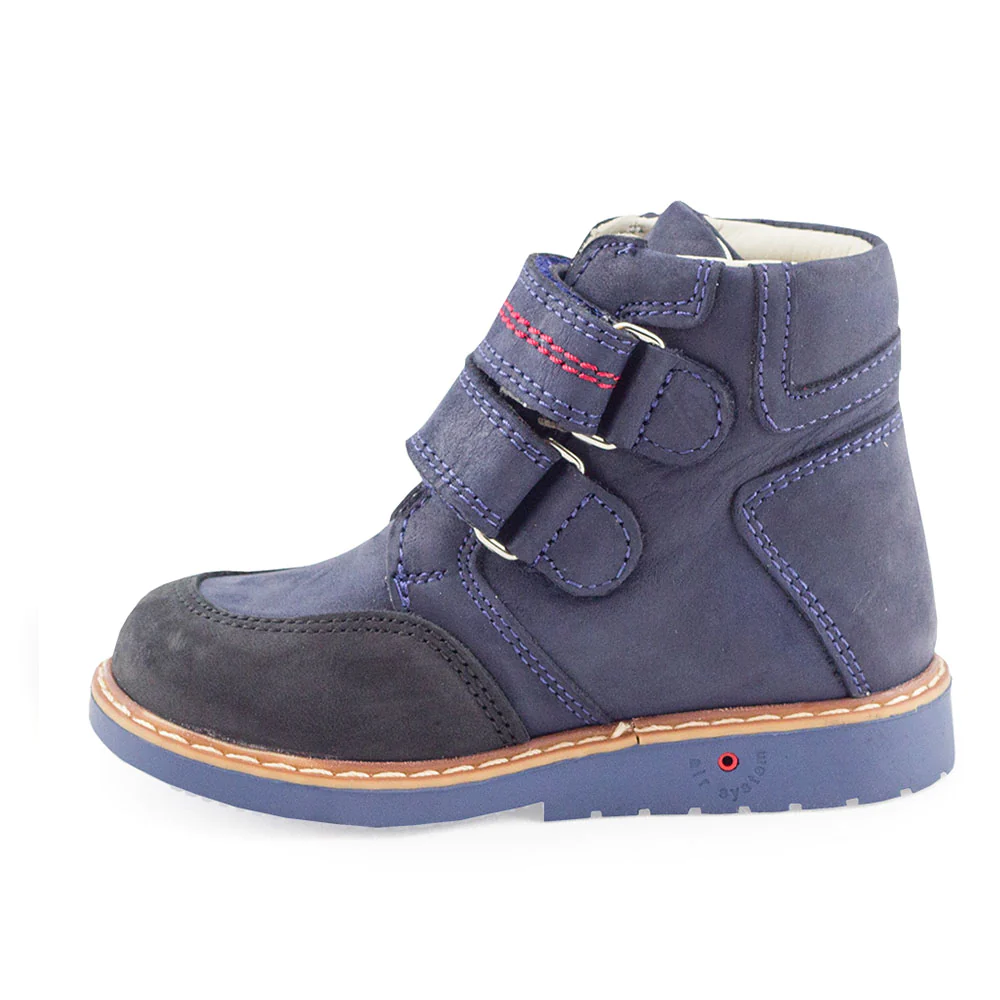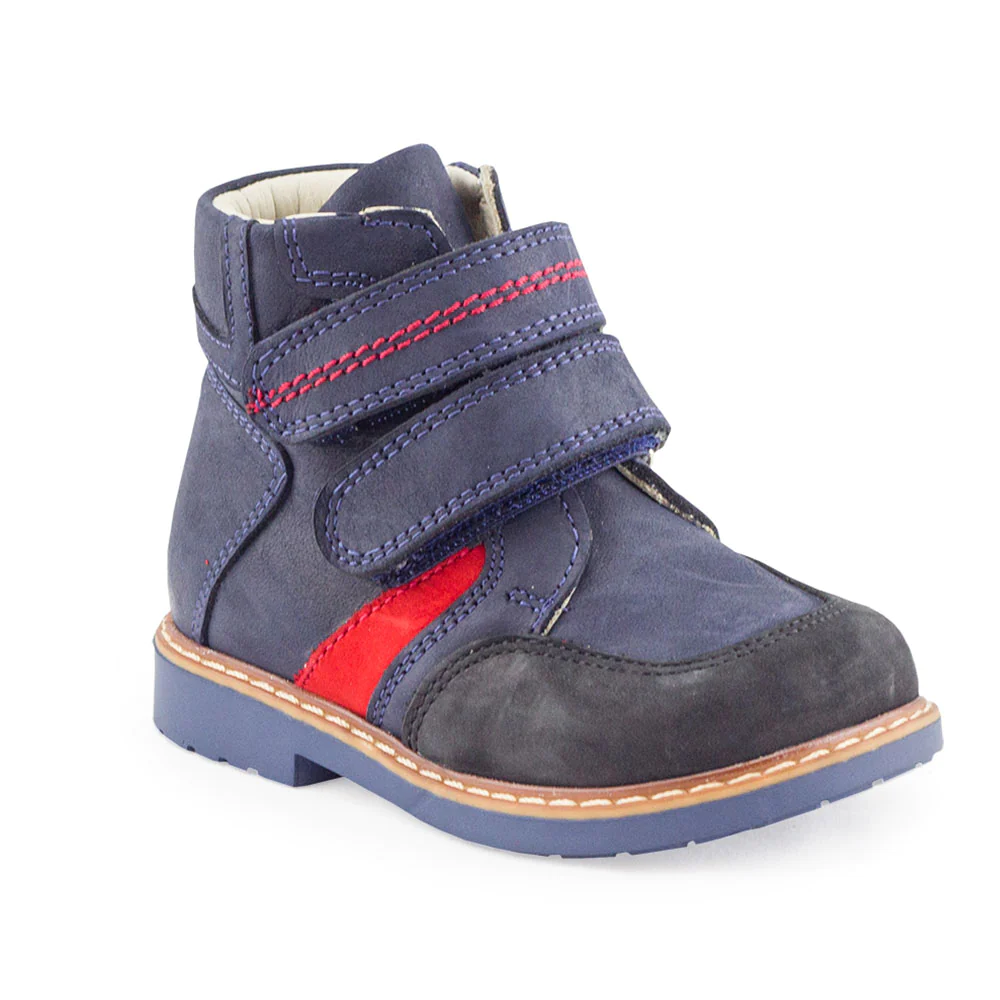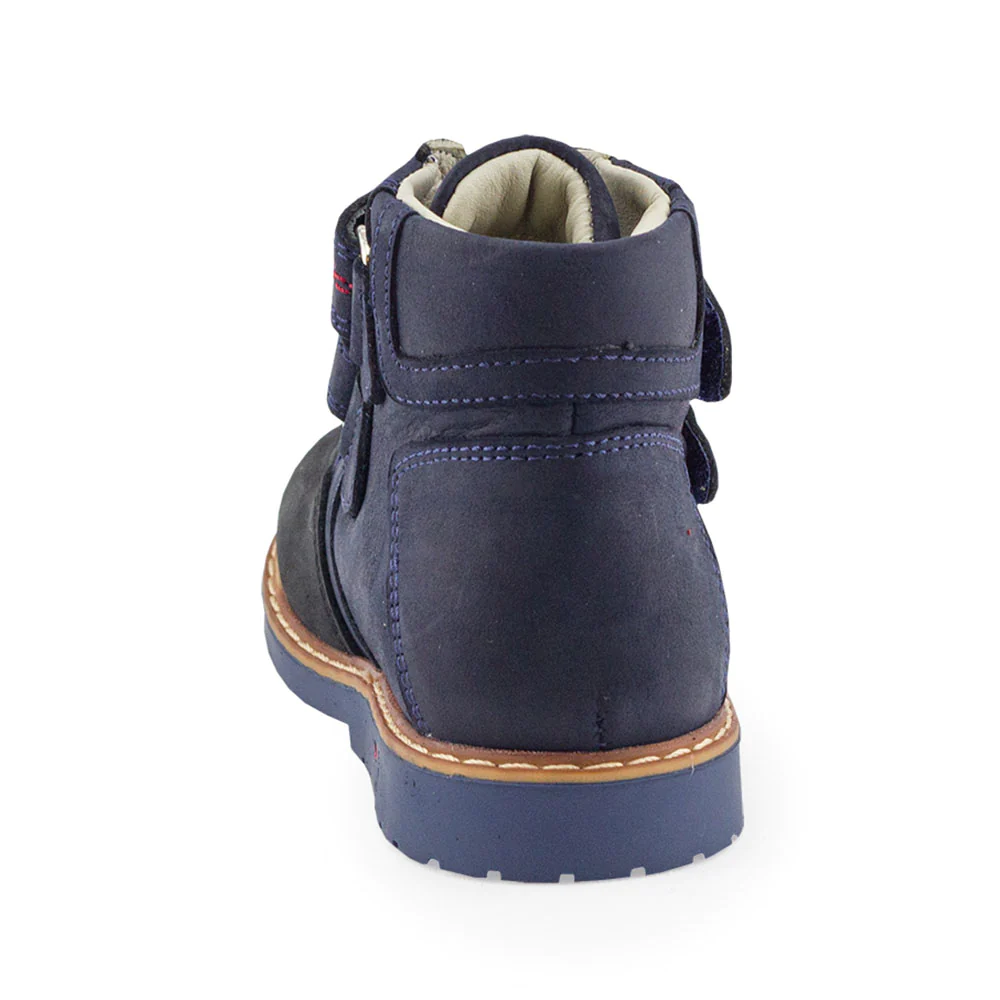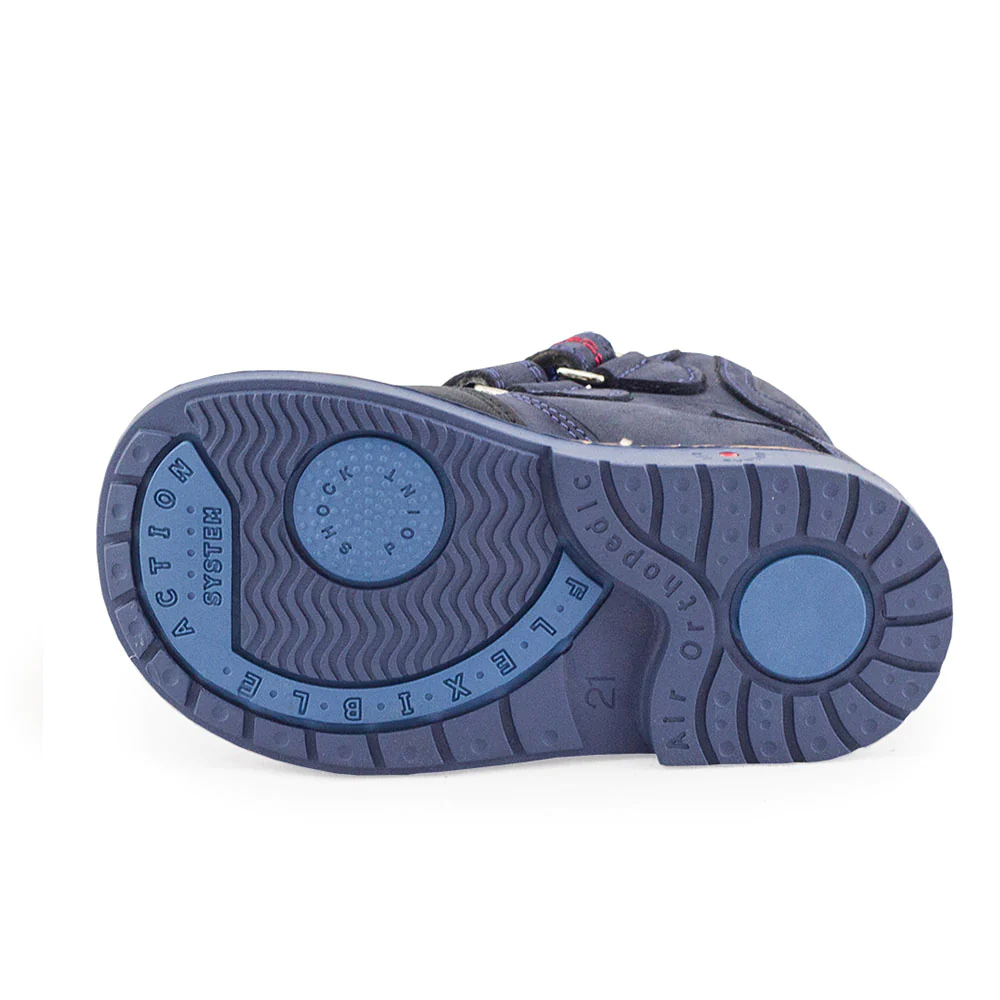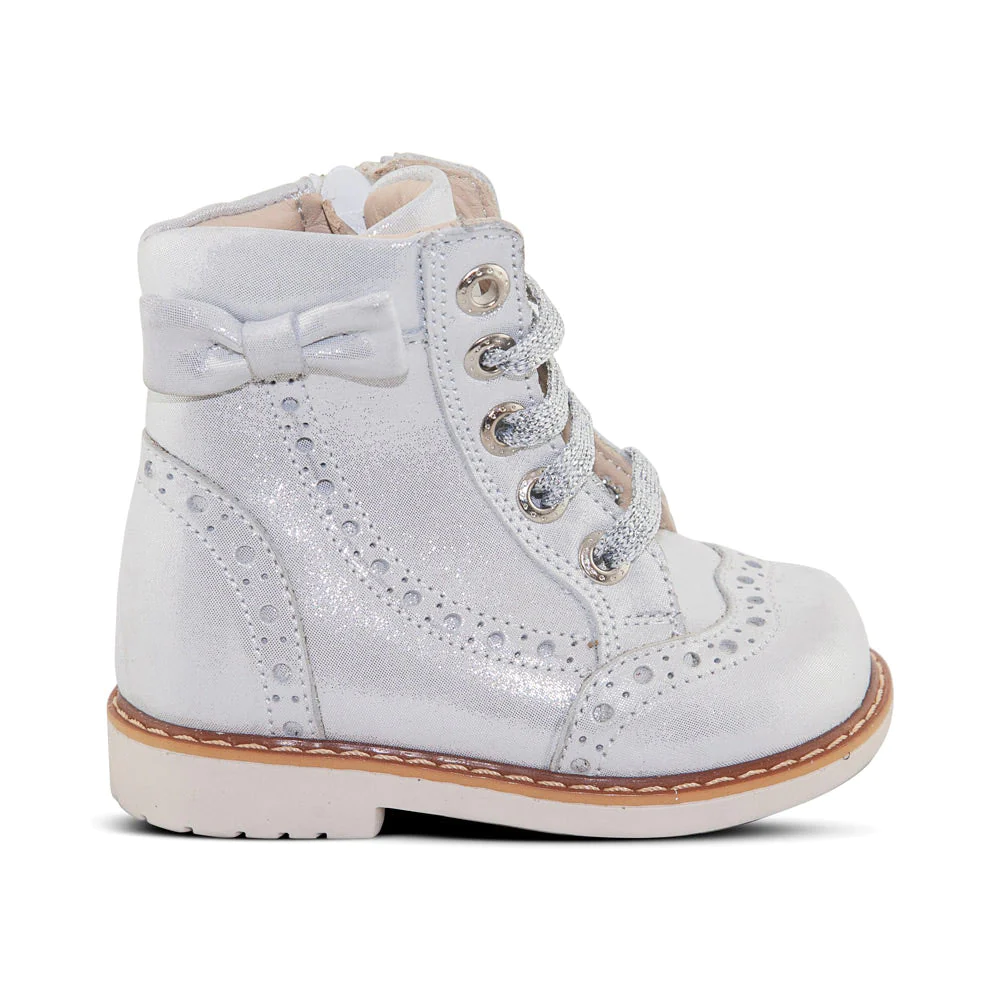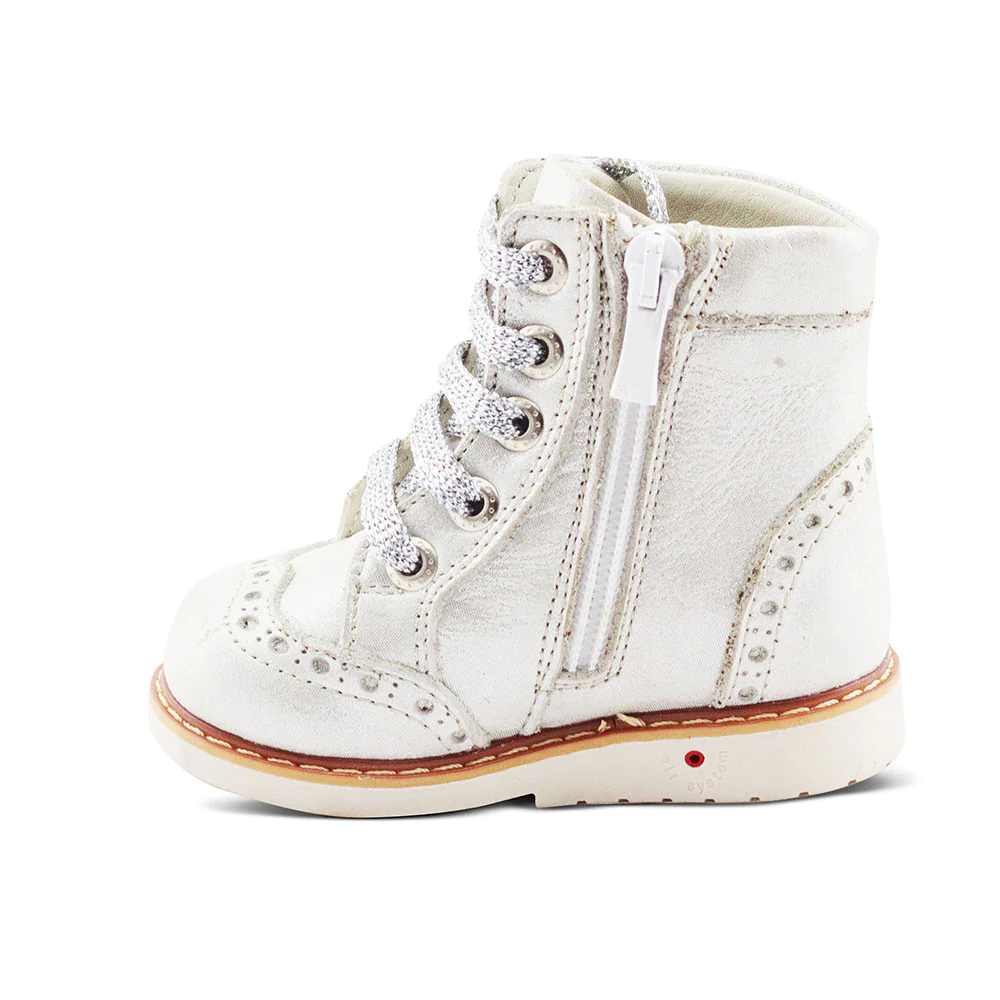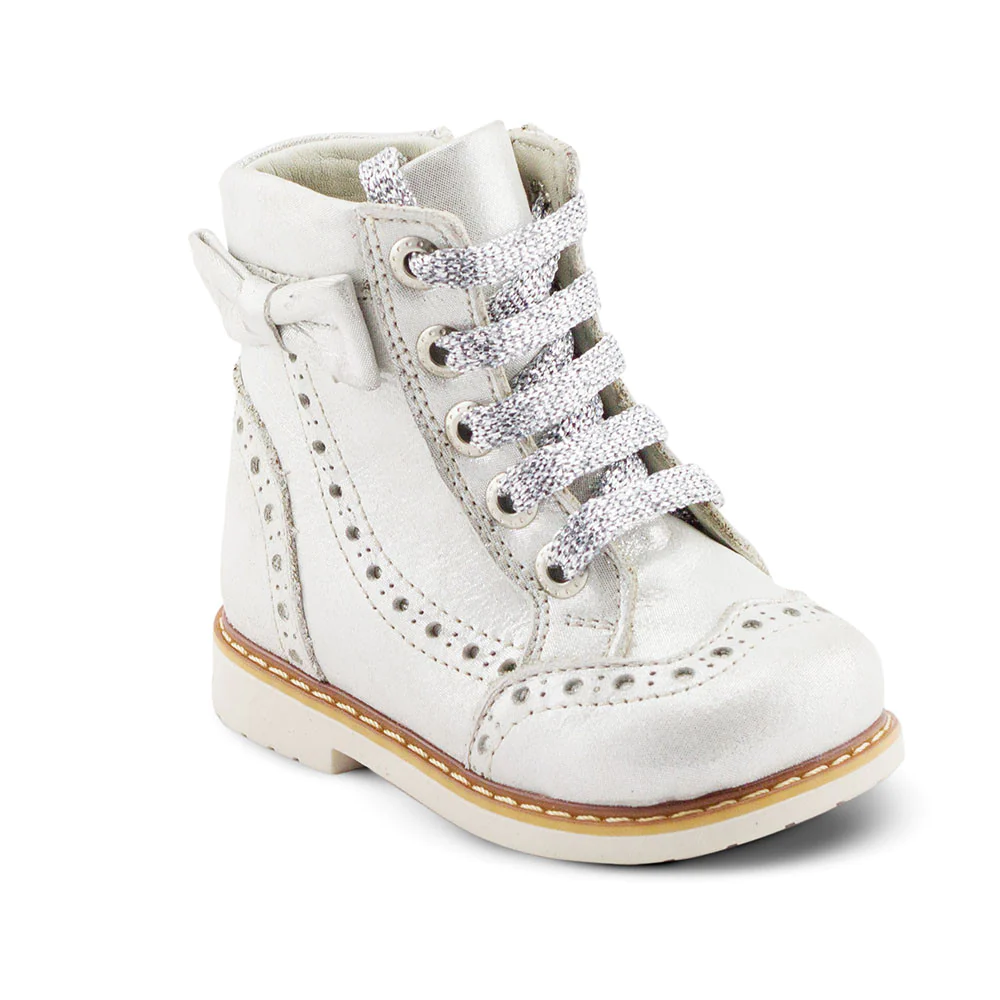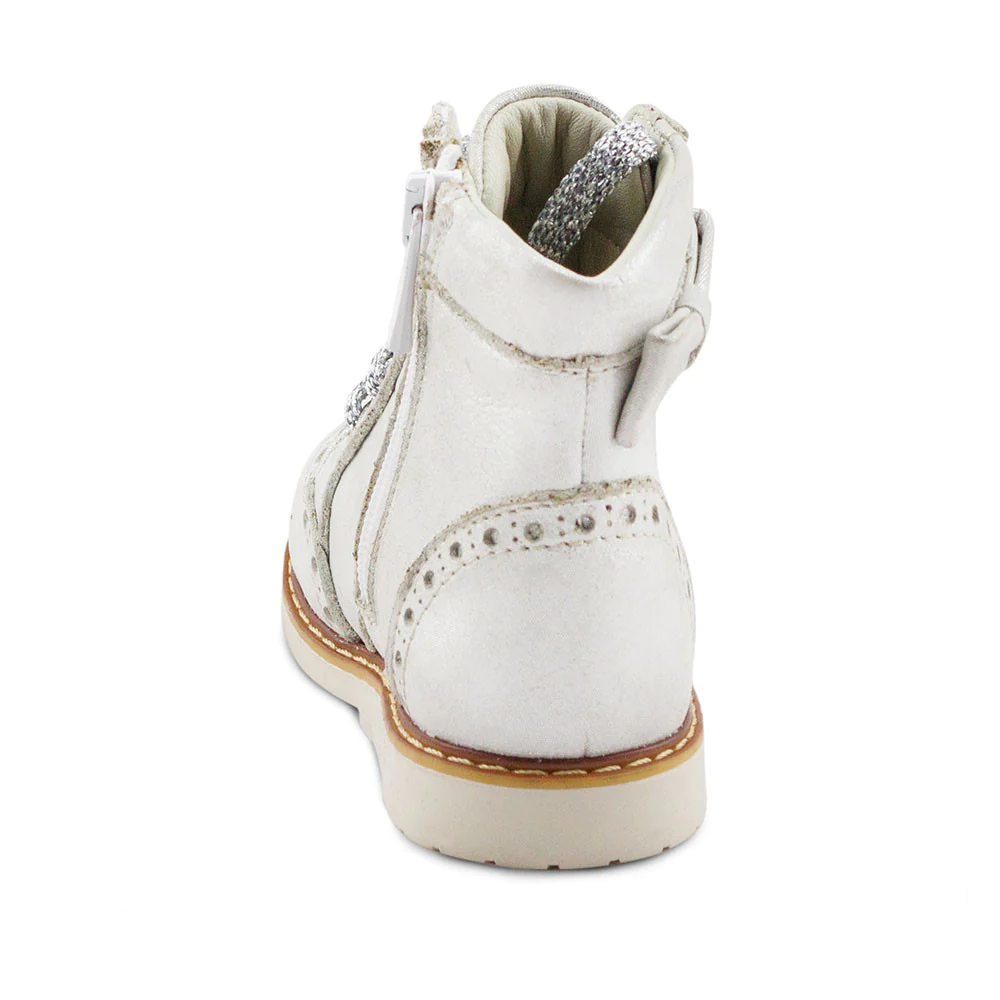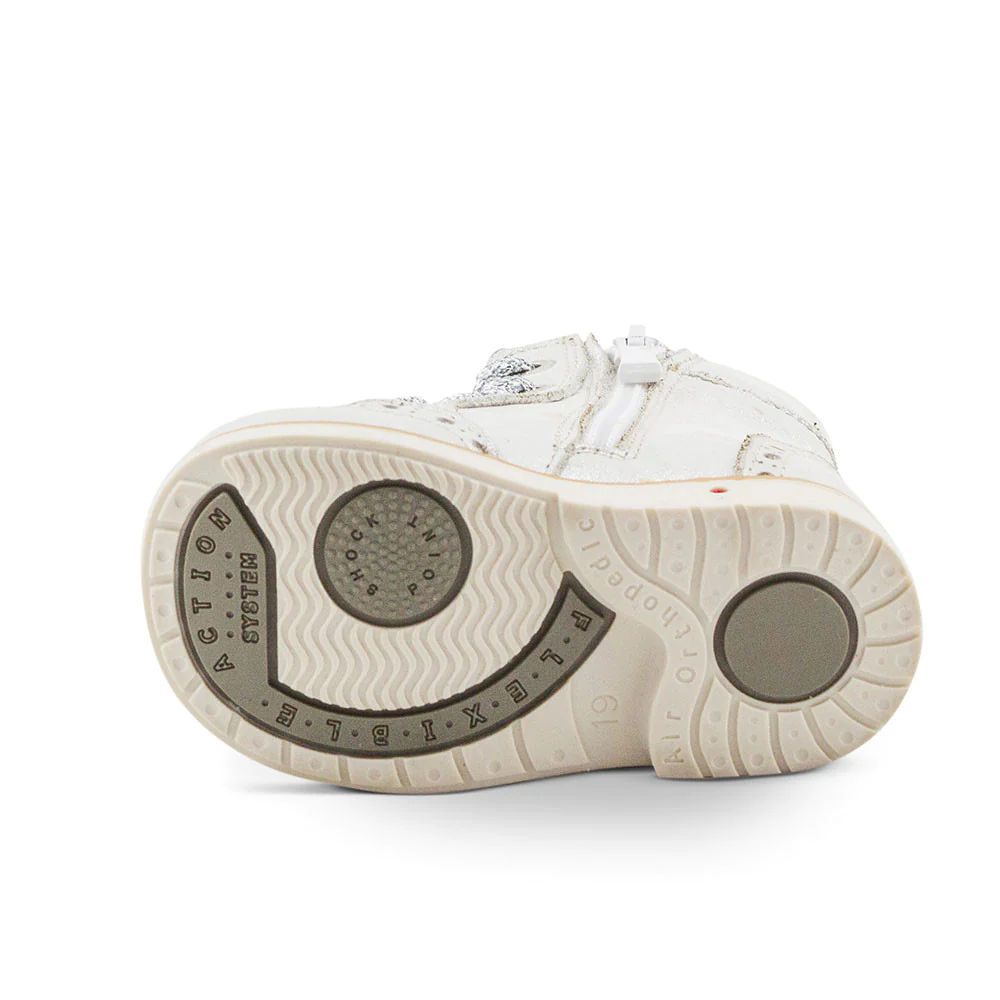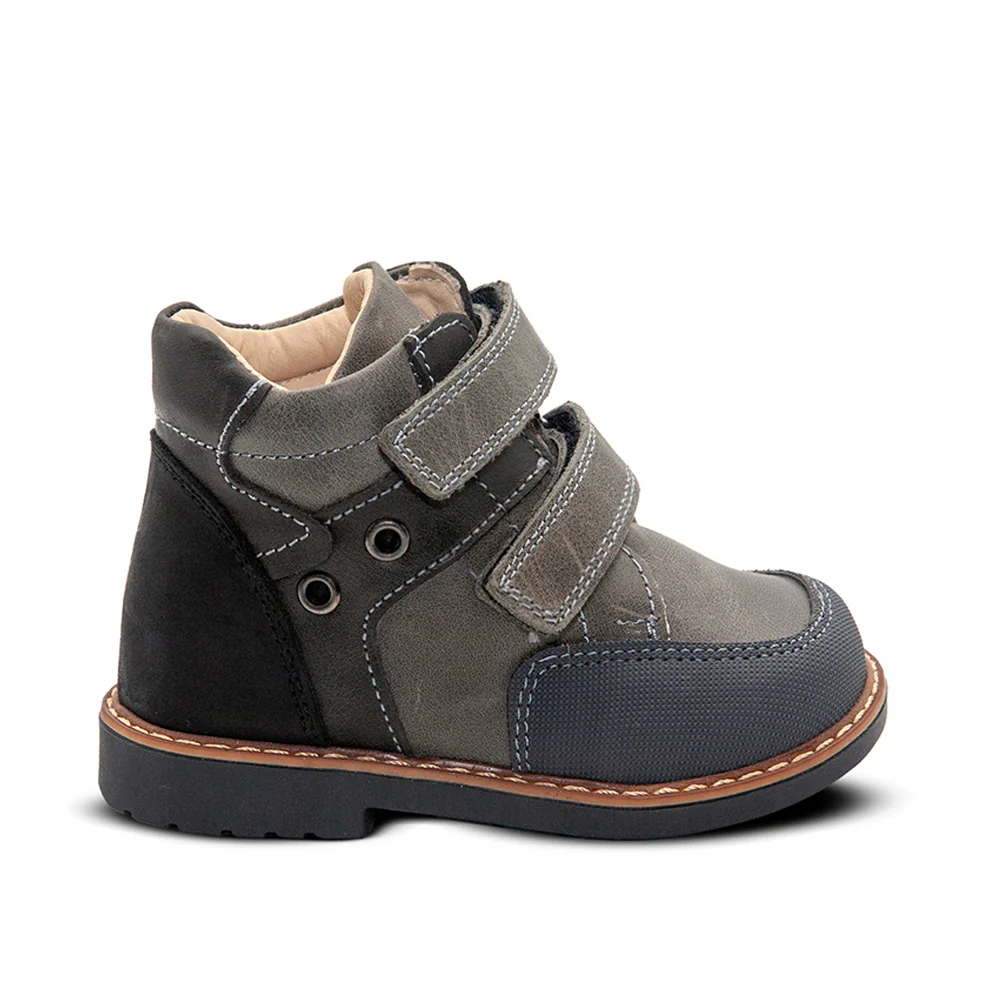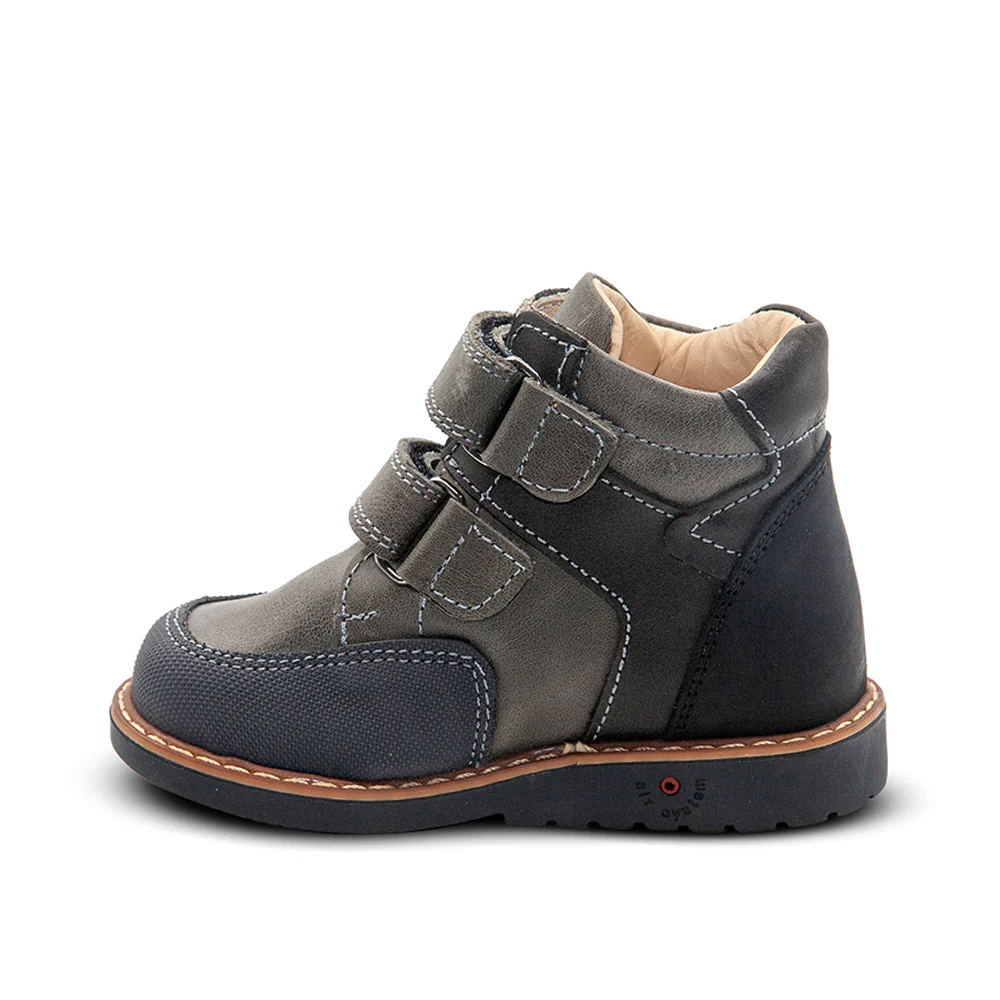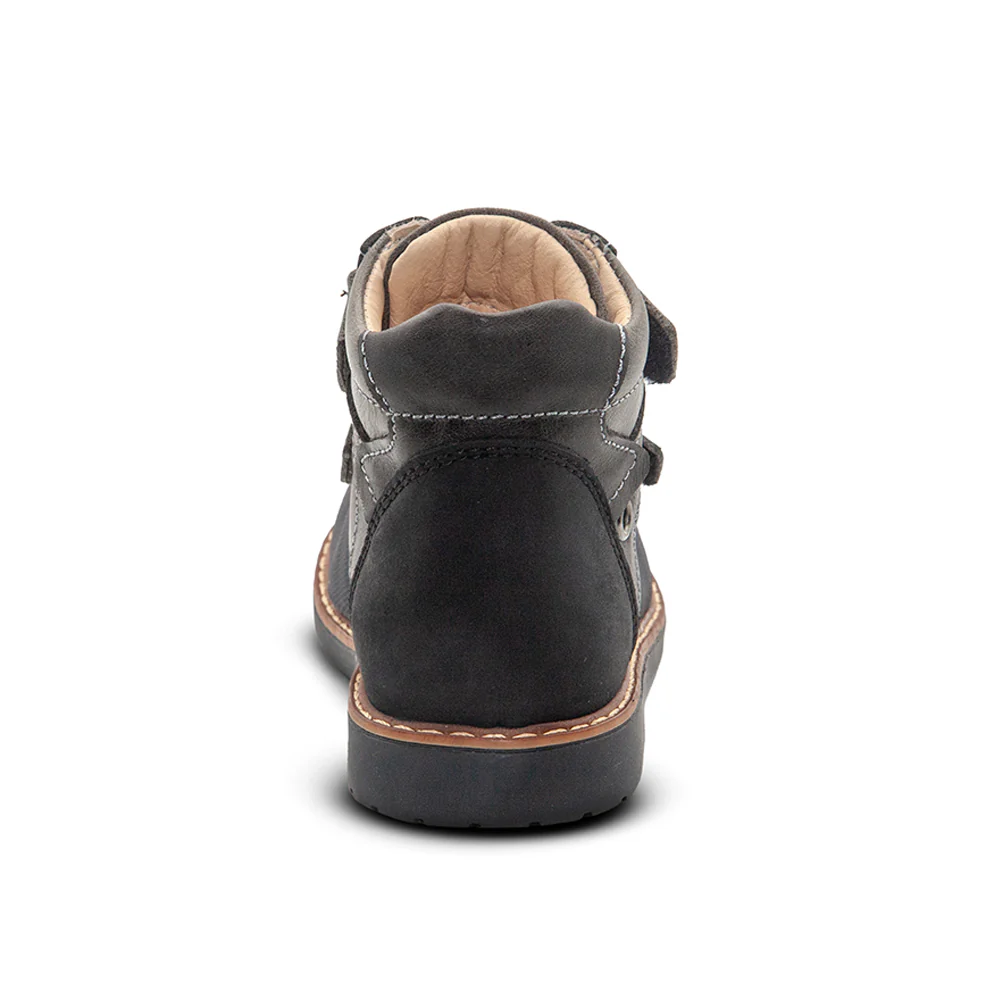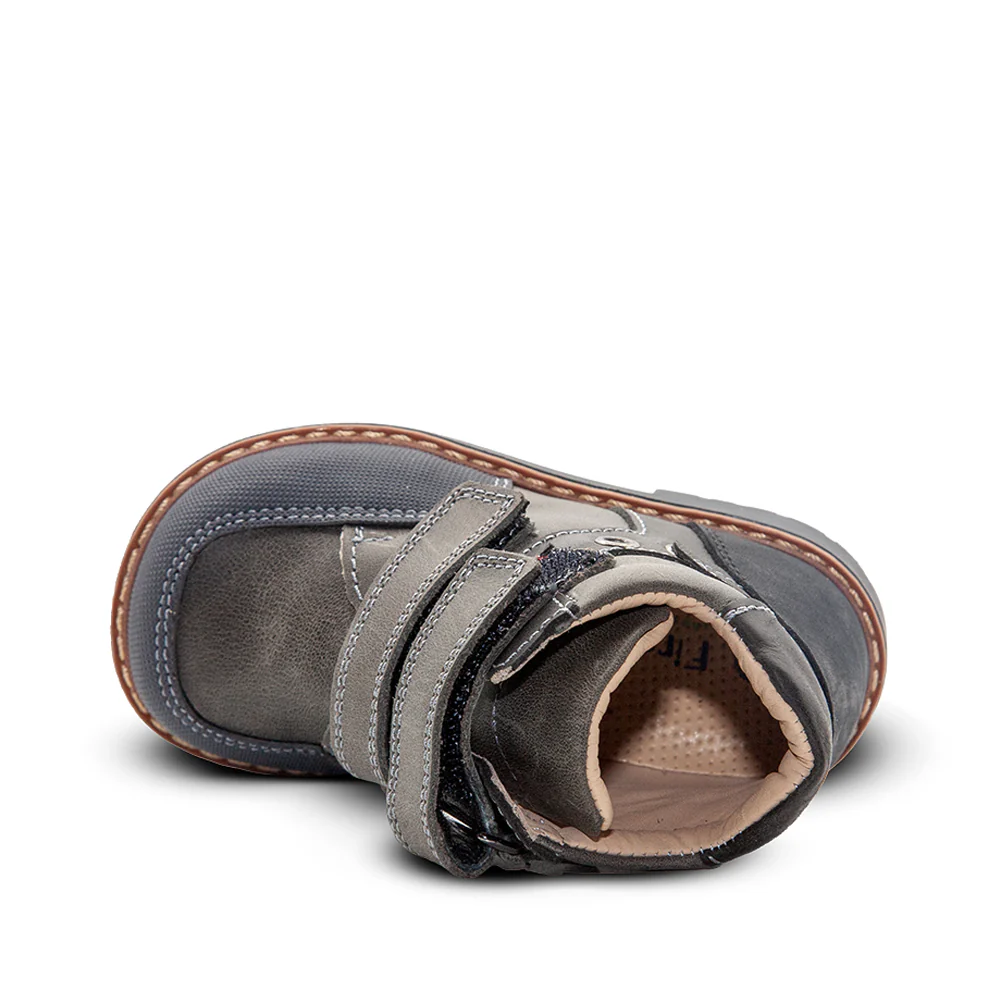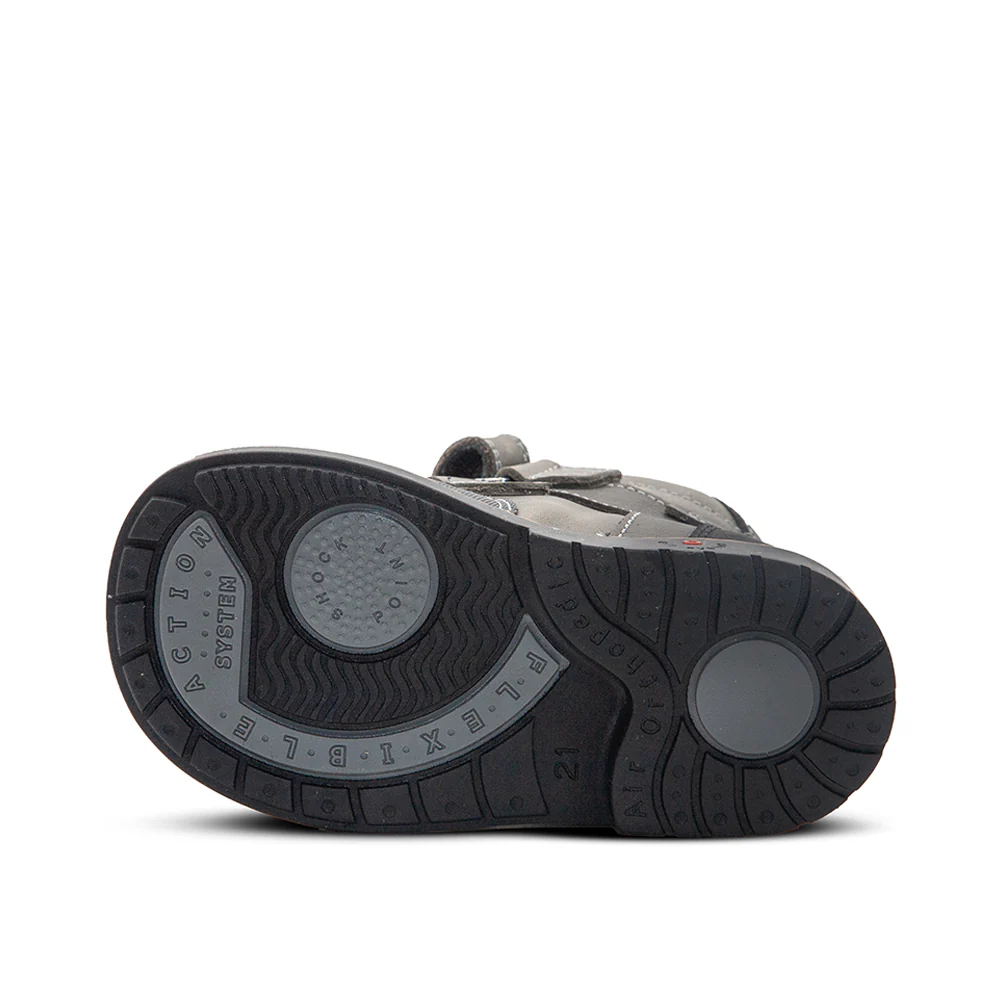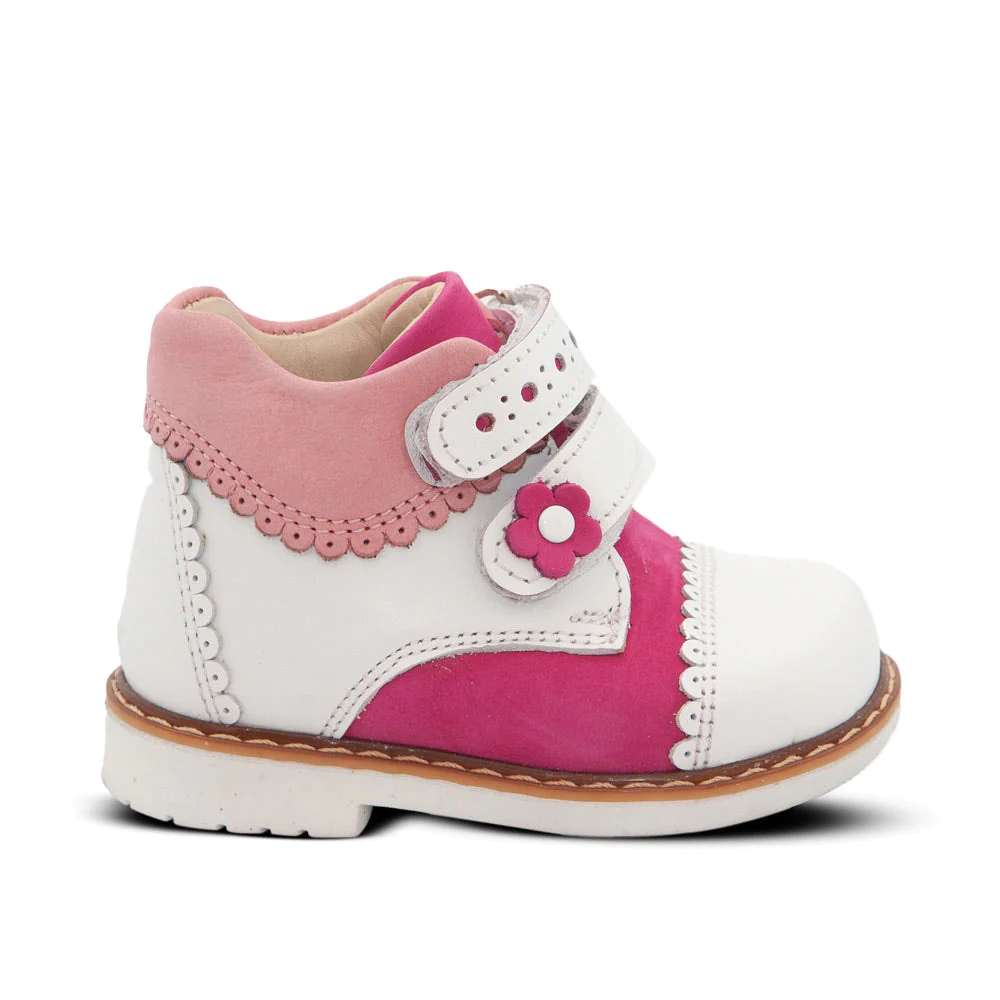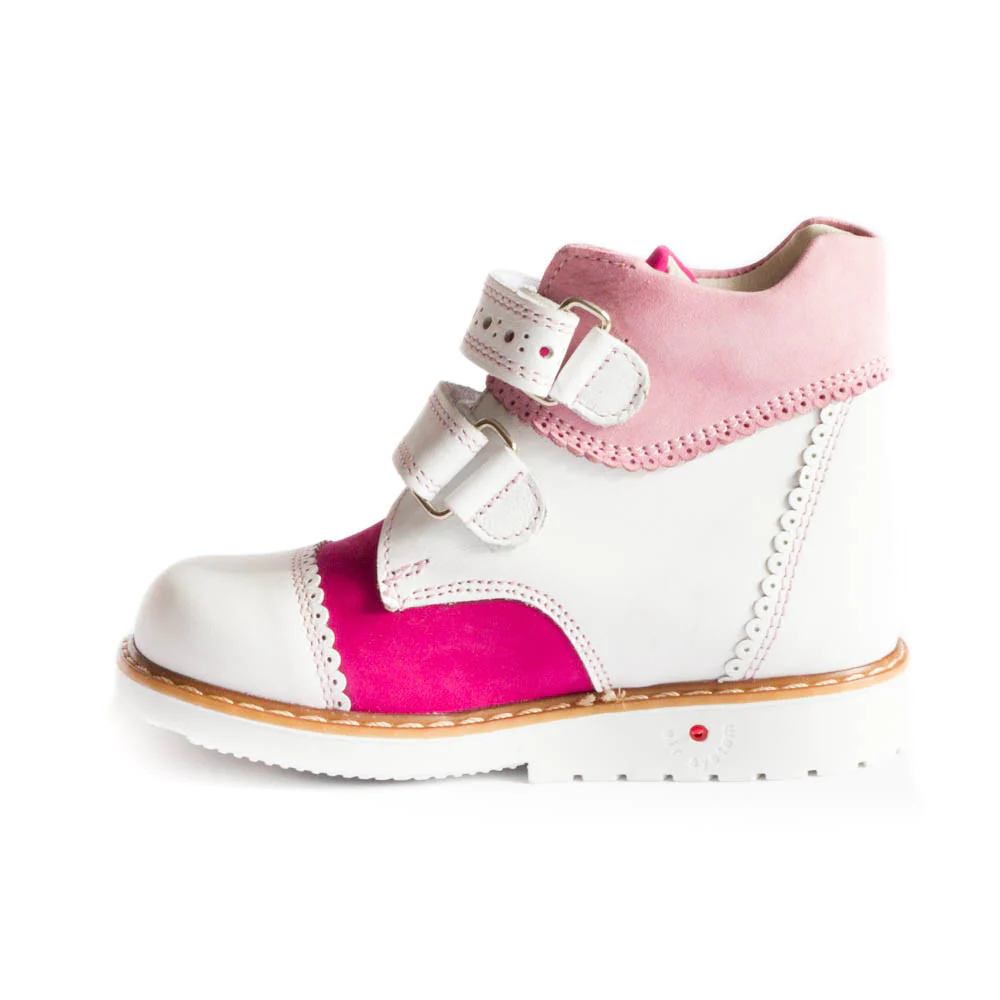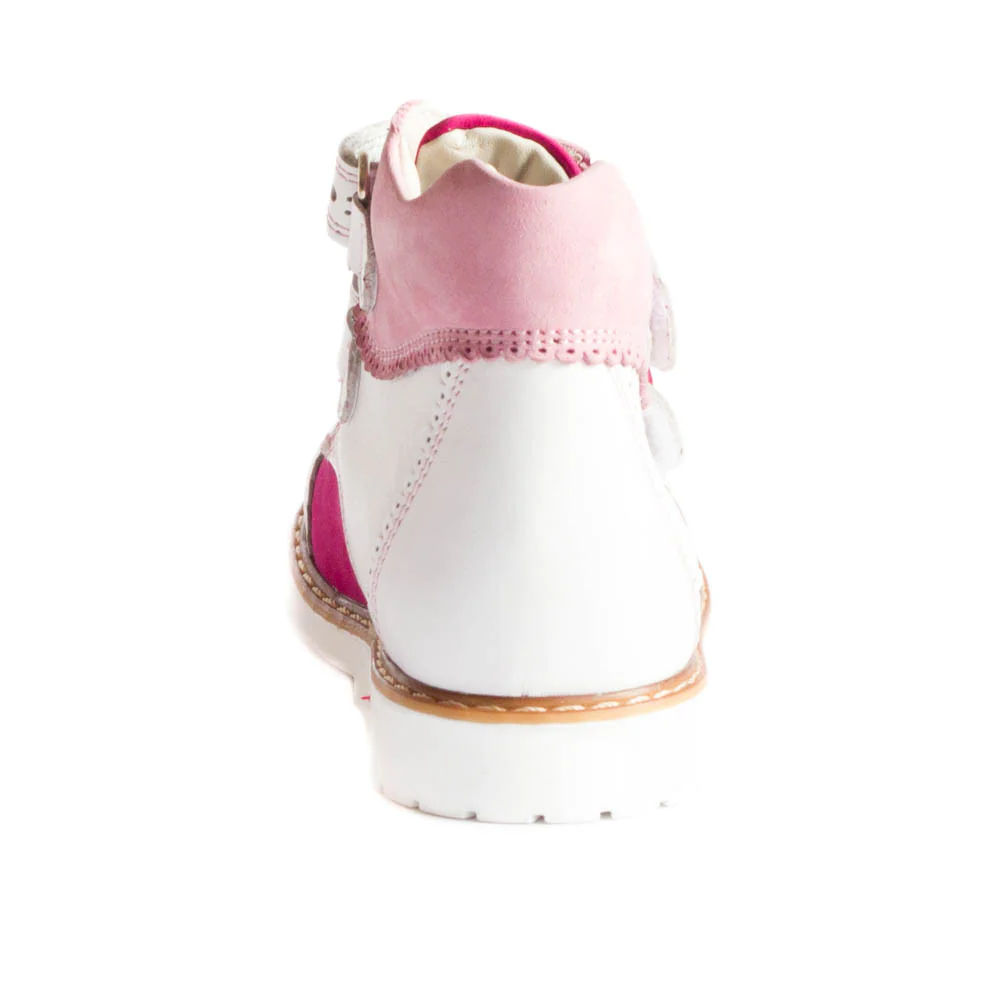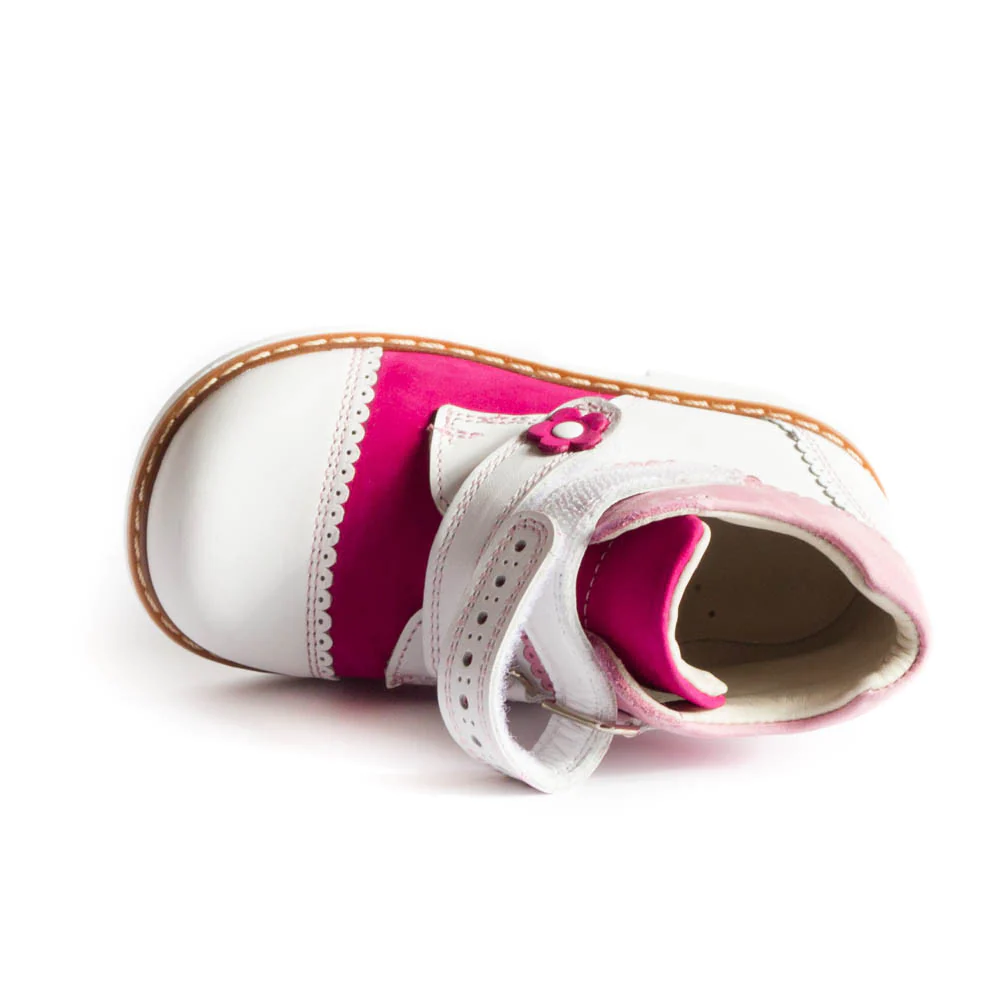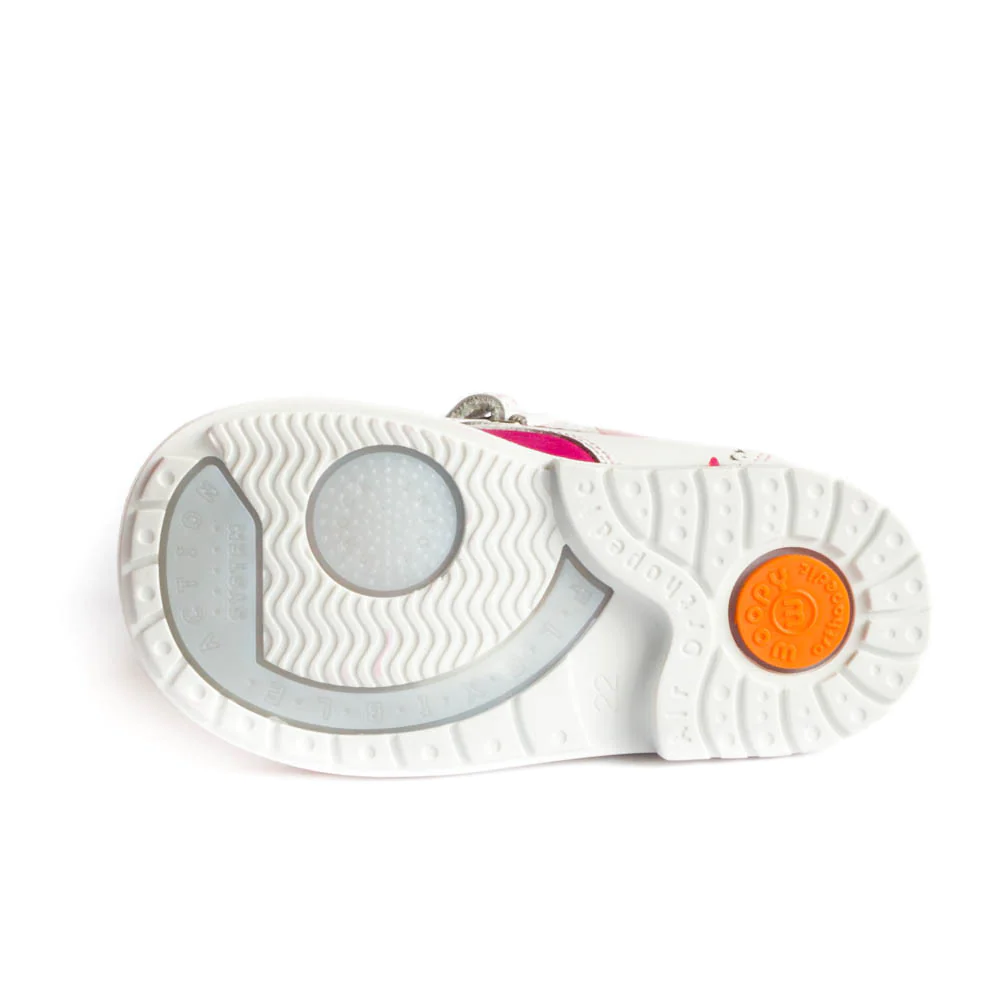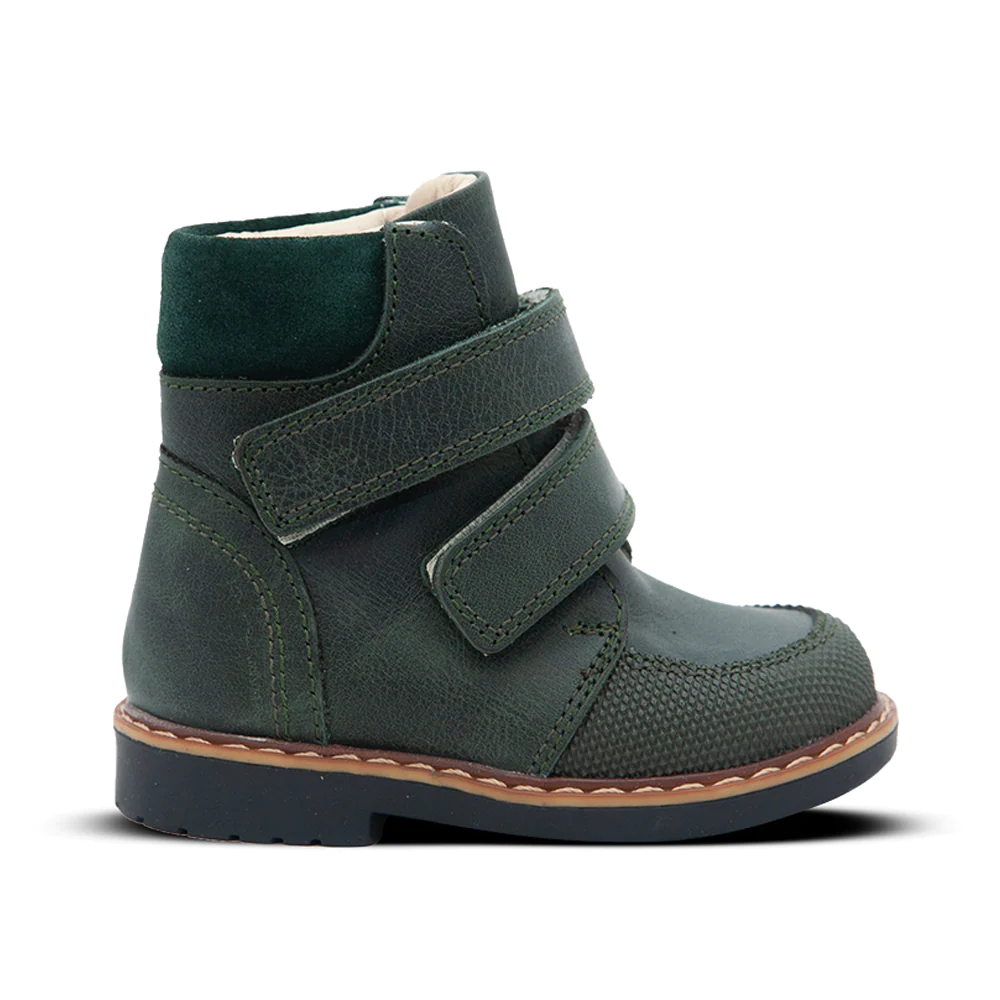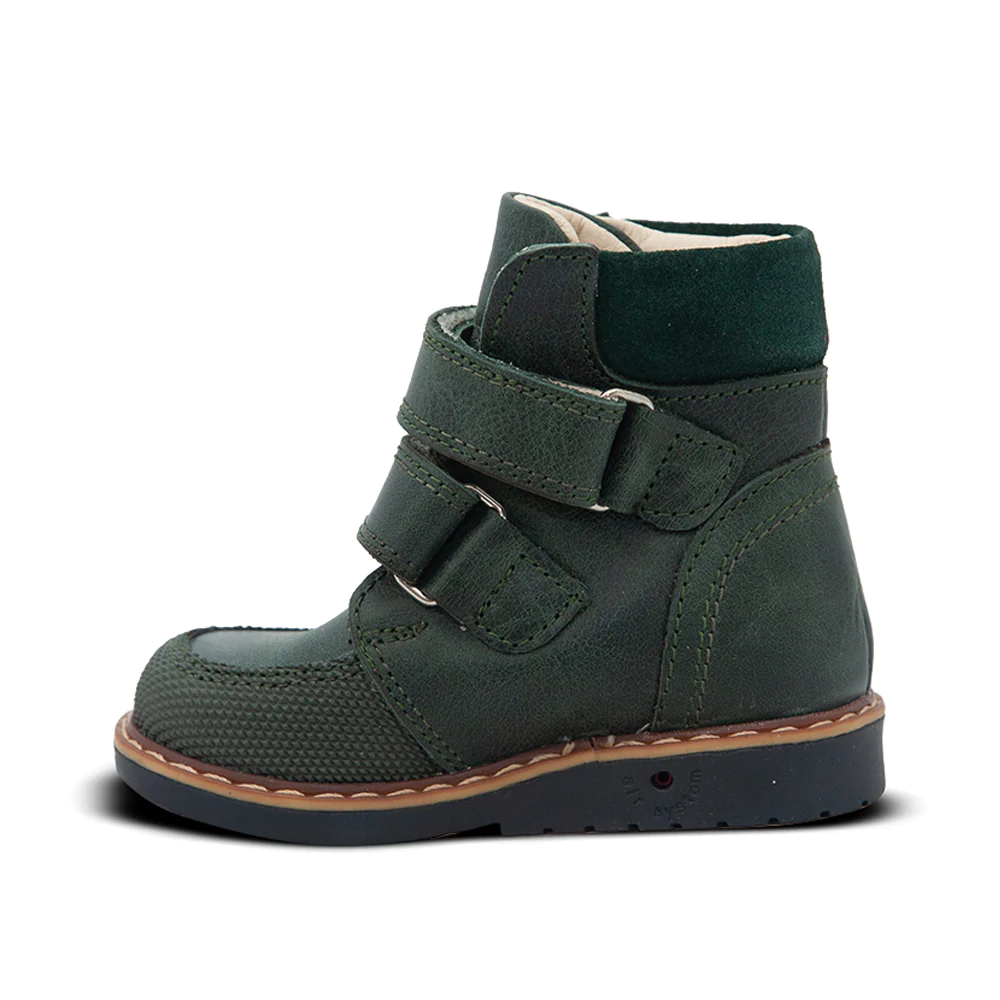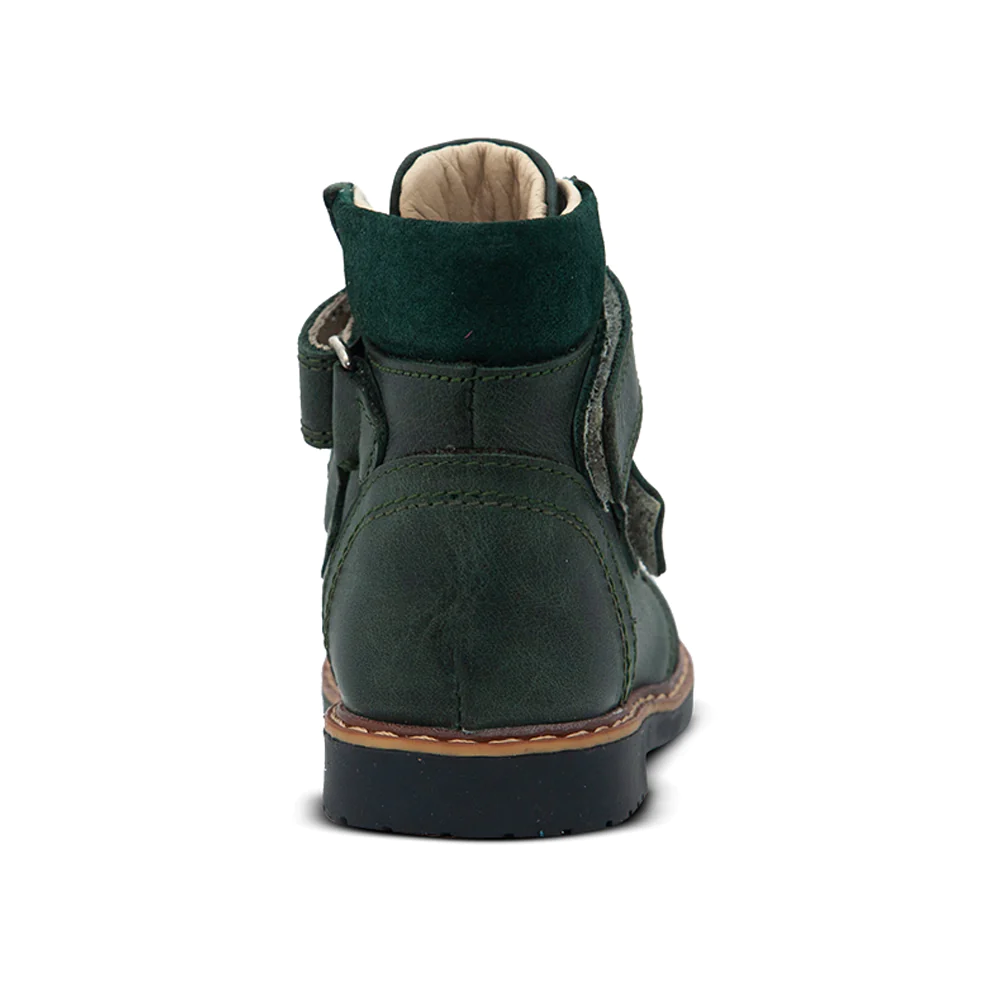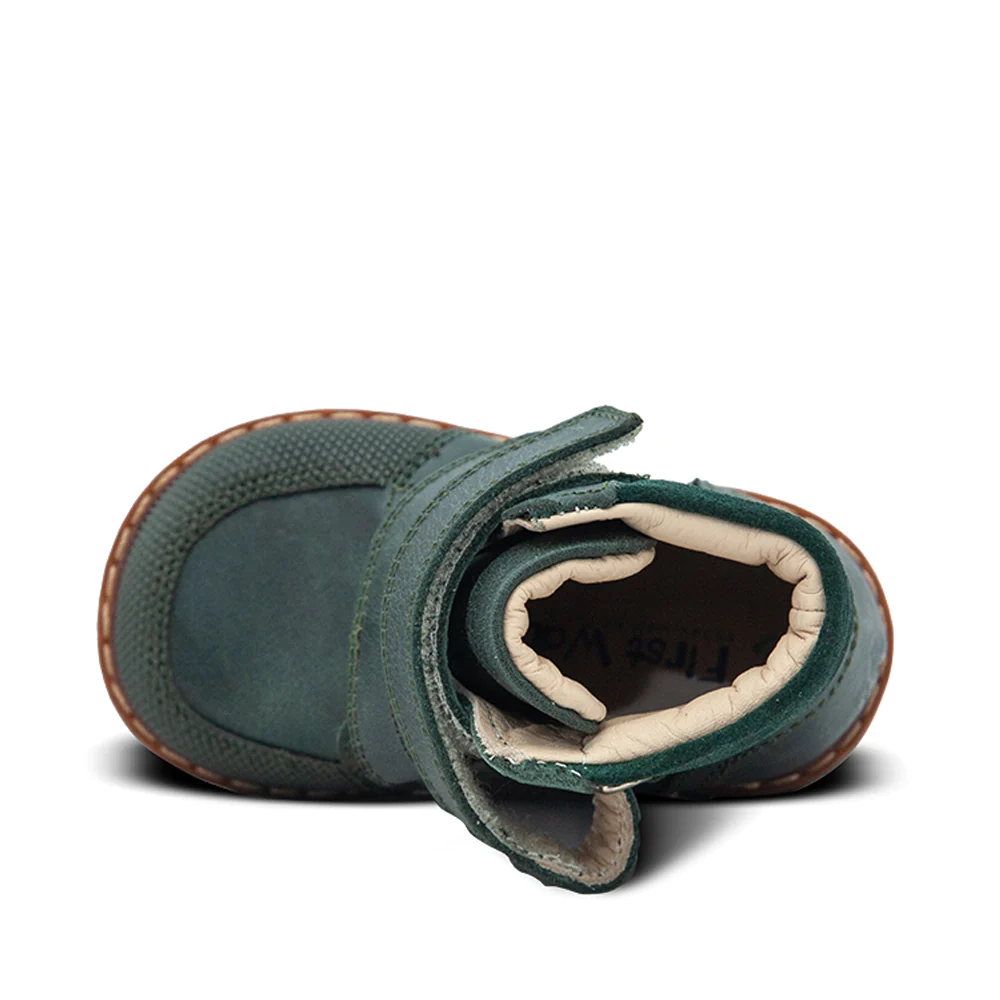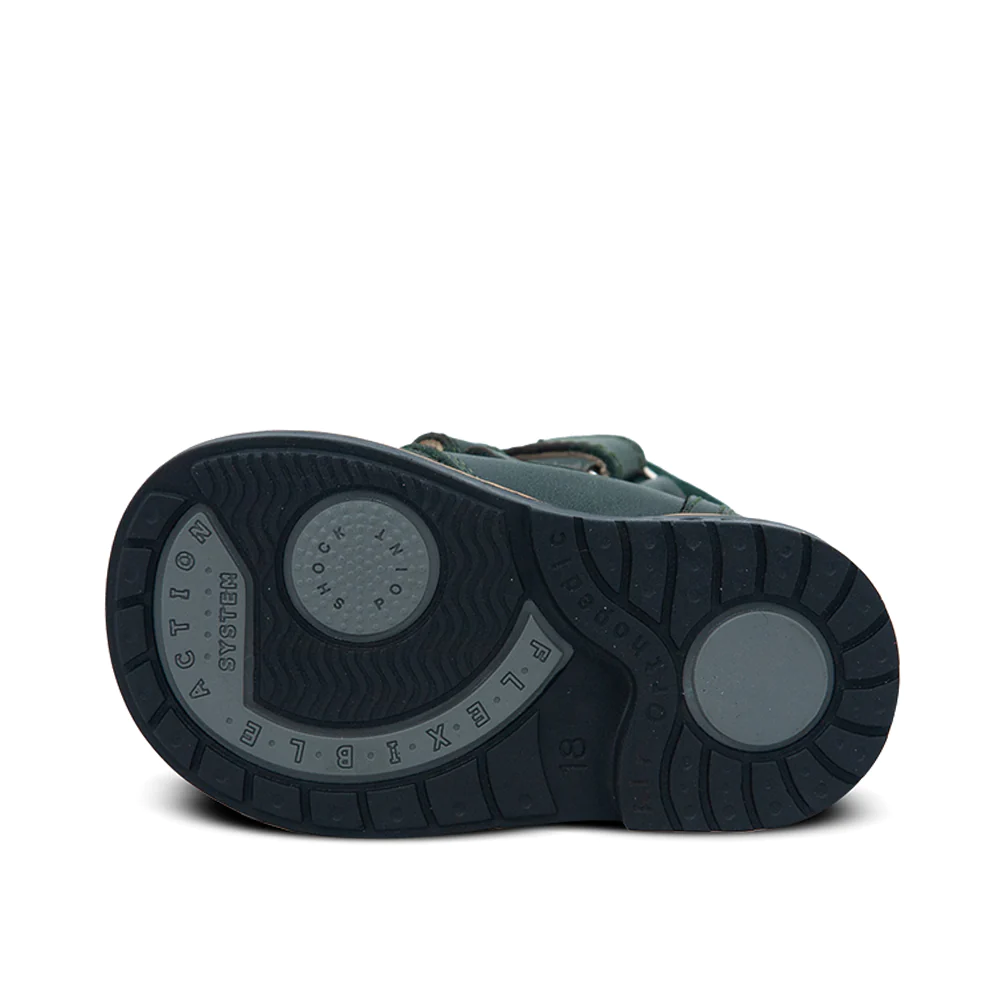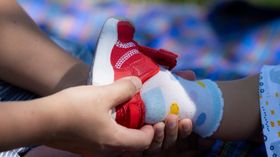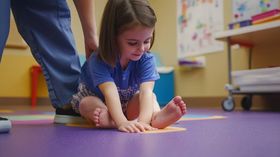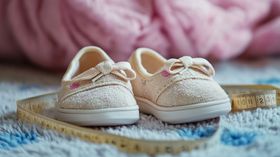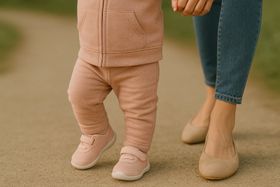10 Best Snow Boots for Kids: Keep Little Feet Warm
The best snow boots for kids combine waterproof construction, temperature-rated insulation, aggressive tread for icy surfaces, and easy closures. Quality winter boots keep feet dry during snow play and provide the traction needed to prevent dangerous slips and falls.
Published October 11, 2025
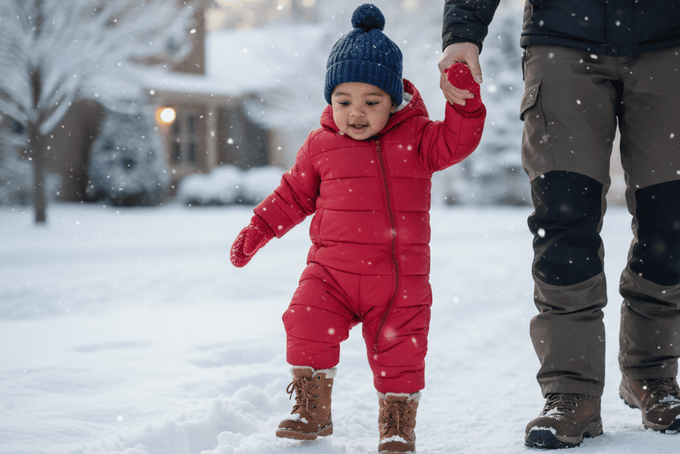
Your child comes inside after 20 minutes of snow play with soaked socks and freezing toes. The boots you bought looked warm enough, but something clearly went wrong.
You're not alone in this struggle. Finding winter boots that actually keep little feet warm and dry feels overwhelming when you're faced with endless options and conflicting advice.
Here's what you really need to know about how to choose the best kids' winter boots—the features that genuinely matter, what to avoid, and which boots will protect your child during cold weather without breaking the bank.
Our Picks for the 10 Best Snow Boots for Kids
Why Proper Winter Boots Matter for Your Child
Children have a larger surface area compared to their body size, and research shows that children are at greater risk for frostbite because their small bodies lose heat faster [1]. That’s why keeping their feet warm and dry isn’t just about comfort—it’s about safety.
Quality winter boots prevent frostbite by keeping out moisture and trapping warmth. They also offer good traction to reduce slips on icy surfaces, one of the main causes of winter injuries.
Quality winter boots come with several key features, but the most important is ensuring your child's shoes are waterproofed. This helps keep their feet dry, warm, and protected during every snowy adventure.
What to Look for in the Best Kids Snow Boots
- Insulation That Matches Your Winter Weather: Choose boots with synthetic insulation or fleece linings rated for your local temperatures. For mild winters, -10°F is sufficient; for harsher climates, aim for -20°F or lower. Avoid cotton linings—they hold moisture and lose their warmth when wet.
- Waterproofed shoes, Not Just Water-Resistant: Look for genuinely waterproof materials like rubber, neoprene, or treated leather with sealed seams. Water-resistant boots aren’t enough for snow play—they’ll leave feet wet and cold within minutes. Ensure the waterproofing extends several inches up the leg.
- Good Tread for Slippery Surfaces: Deep, multi-directional tread with lugs gives traction on snow and ice. Rubber outsoles stay flexible in cold weather, and pay attention to heel and toe traction zones for safer steps on icy patches.
- Closures Your Child Can Actually Manage: Velcro straps, quick-lace systems, or wide zippers let kids put on and remove boots independently. When it comes to velcro shoes vs. laces, skip complicated laces for younger children—they also keep boots snug and snow out.
- Construction That Lasts: Reinforced toes and heels handle rough play, while quality stitching prevents wear at stress points. Leather shoes for girls and boys often outlast synthetics and can be passed down to younger siblings.
- Breathability Despite Being Waterproof: Even in winter, kids’ feet sweat. Breathable linings or moisture-wicking materials prevent cold, clammy feet and frostbite risk. Removable insoles or odor-resistant materials add extra convenience.
Common Mistakes Parents Make (And How to Avoid Them)
- Where Your Child Actually Plays: Consider where your child will walk or play—salted sidewalks, playgrounds, or deep snow—to choose boots that protect and perform appropriately.
- How Boot Weight Affects Play: Heavy boots tire children, alter their natural gait, and make outdoor play harder, so choose lightweight options that still provide protection.
- Forgetting About Sock Compatibility: Always try boots with the winter socks your child will wear to prevent blisters, cold spots, and circulation issues that raise frostbite risk.
How Your Child's Age Affects Your Winter Boot Choice
1. Snow Boots For Your Toddler
Your toddler needs easy-to-use boots with simple closures or slip-on designs, short heights, and flexible soles that support developing coordination and independence.
2. Kids' Winter Boots For School-Age Children
School-age kids benefit from higher boots, better traction, and adjustable closures to handle longer outdoor play and growth throughout the season.
3. Best Kids Boots For Snow For Your Active Child
Winter boots for active children should be durable with ankle support, superior traction, advanced waterproofing, and breathable linings to prevent sweat and blisters.
Our 10 Best Snow Boots for Kids
Finding Winter Boots That Work for Your Child
The best snow boots for kids protect against cold-weather injuries while letting your child play and explore confidently. Focus on boots that combine waterproof construction, appropriate insulation for your climate, and traction for the surfaces your child actually encounters.
Quality winter boots are an investment in your child's safety and comfort. They prevent frostbite, reduce hypothermia risk, and prevent dangerous falls on icy surfaces. Cheap boots that fail quickly or leave feet wet create both safety hazards and false economy.
For children who need year-round foot support, First Walkers orthopedic shoes like the Urban Stride boots provide therapeutic features while delivering full winter protection. Your child doesn't have to compromise proper foot development for seasonal weather protection.
References
Frostbite and frostnip in children. (n.d.). Stanford Medicine Children’s Health. https://www.stanfordchildrens.org/en/topic/default?id=frostbite-and-frostnip-in-children-90-P02820
Disclaimer: First Walkers' information is intended for educational and informational purposes related to toddler footwear and feet. We encourage you to consider individual circumstances and consult qualified orthopaedists about specific conditions.
FAQs
What temperature rating do kids' snow boots need?
Choose boots rated to -10°F for moderate winter climates, while -20°F or lower ratings suit harsh winter regions. Match the rating to your area's typical winter lows for the best protection.
How do I know if snow boots fit my child properly?
There should be about a thumb's width of space beyond your child's longest toe when wearing the socks they'll actually use. The heel should fit snugly without slipping, and the boot should feel secure without pinching.
Can my child wear hand-me-down snow boots?
Check carefully for worn tread, compromised waterproofing, or deteriorated insulation before reusing. If the boots have been stored properly and show minimal wear, they can safely be reused for younger siblings.
Should kids wear thick socks with snow boots?
Yes, but size the boots accordingly. Always try boots with the type and thickness of socks your child will actually wear. Wool or synthetic blend socks work better than cotton, which holds moisture.
Are expensive snow boots worth it for kids?
Quality boots with proper waterproofing, insulation, and traction prevent serious injuries and often last through multiple seasons or children, making them more economical than repeatedly replacing cheap boots.
